Day 40 - Yatsushiro To Hinagu Onsen, The Kyushu 108 Temple Pilgrimage, Japan
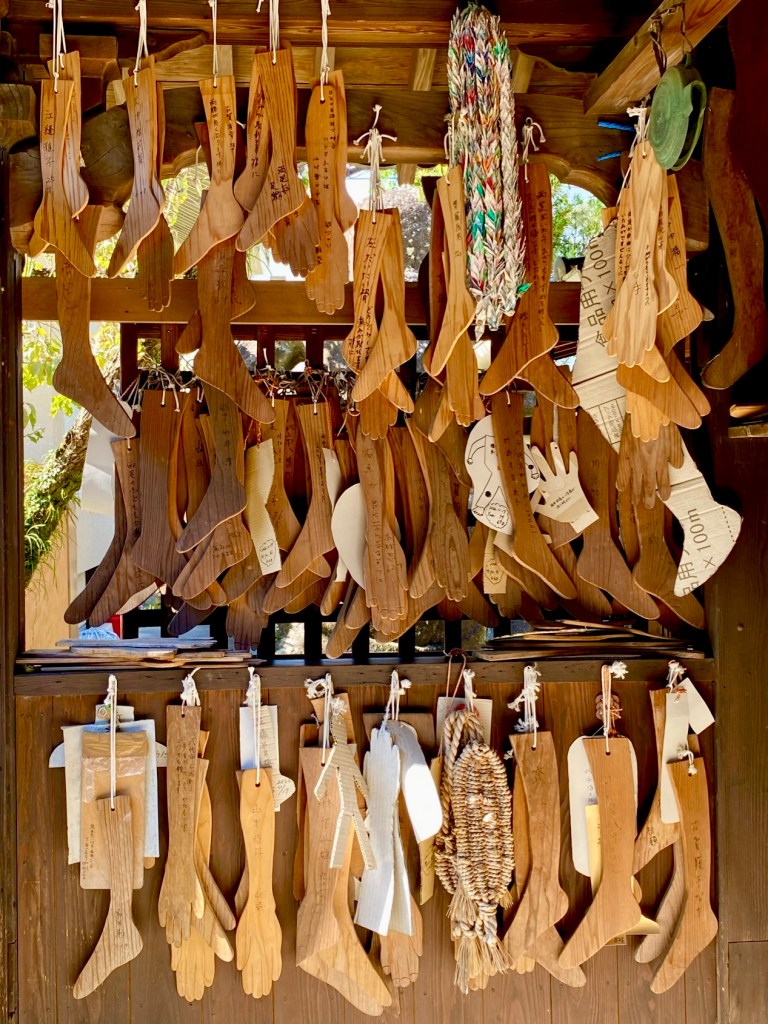
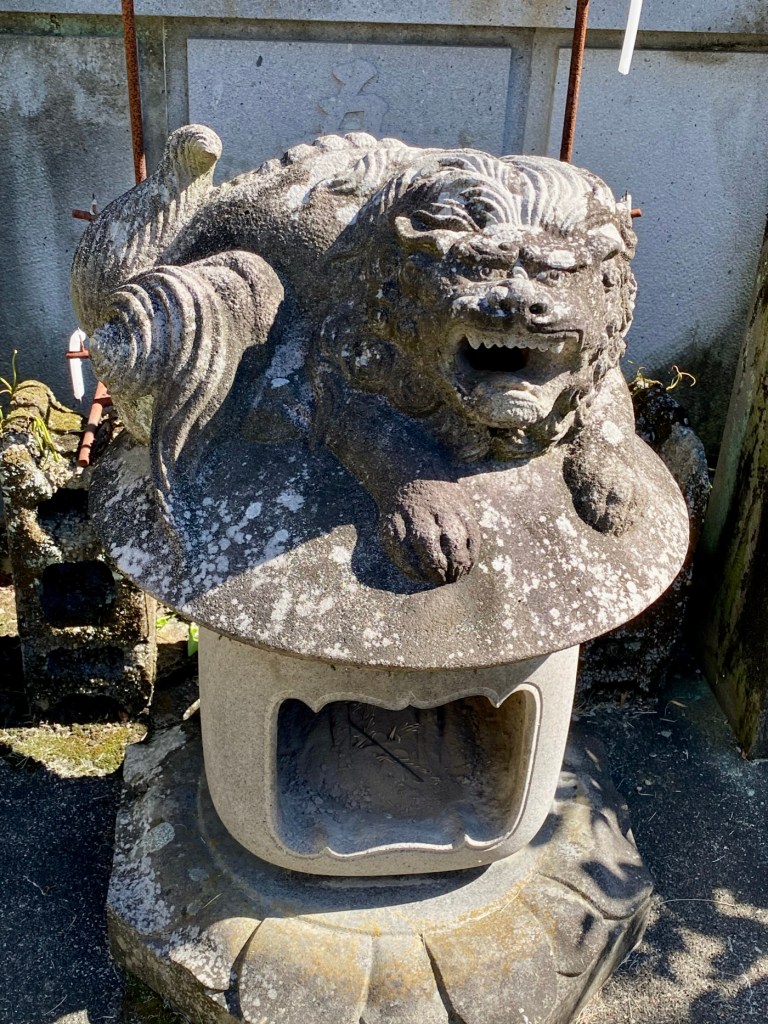
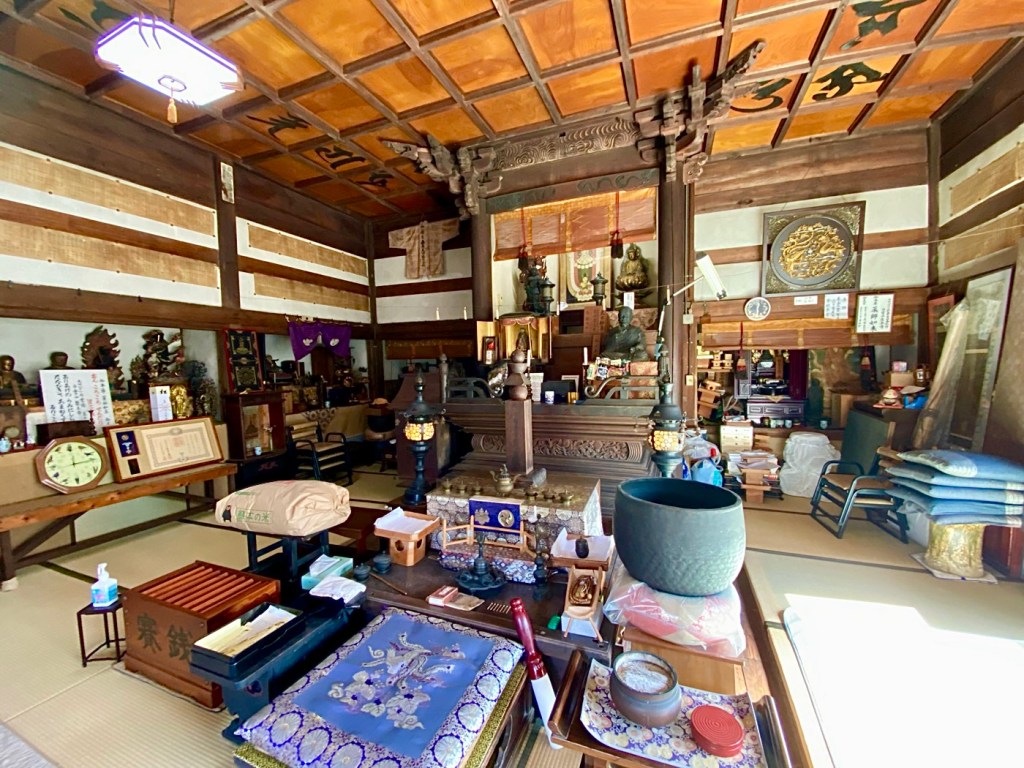
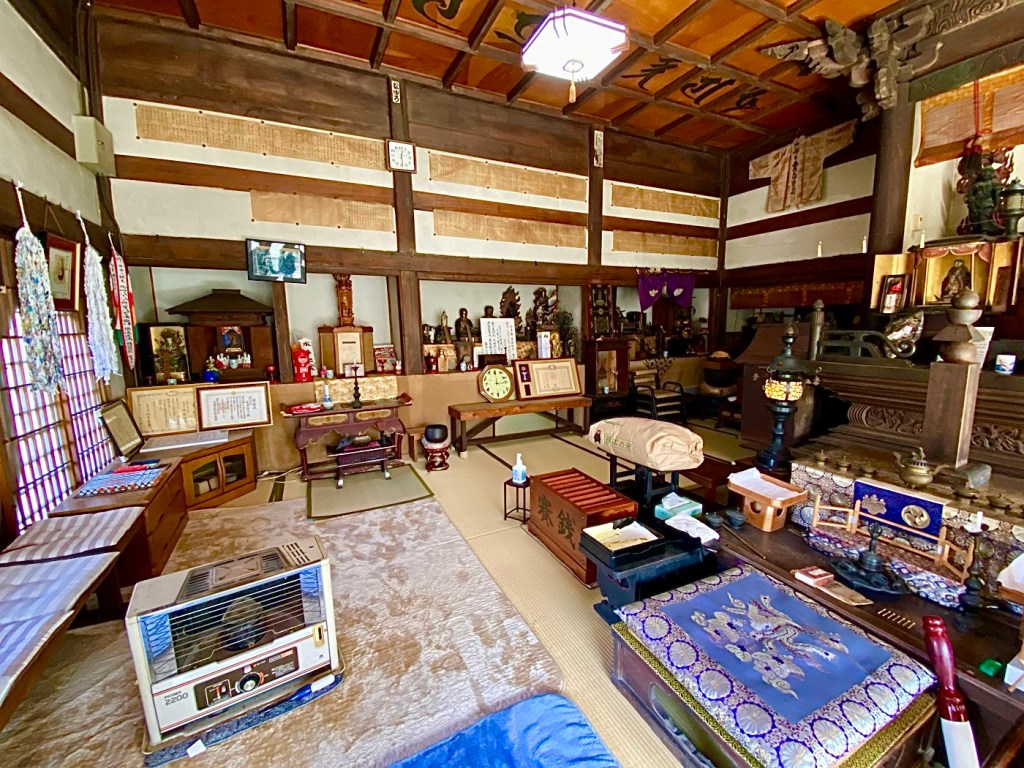
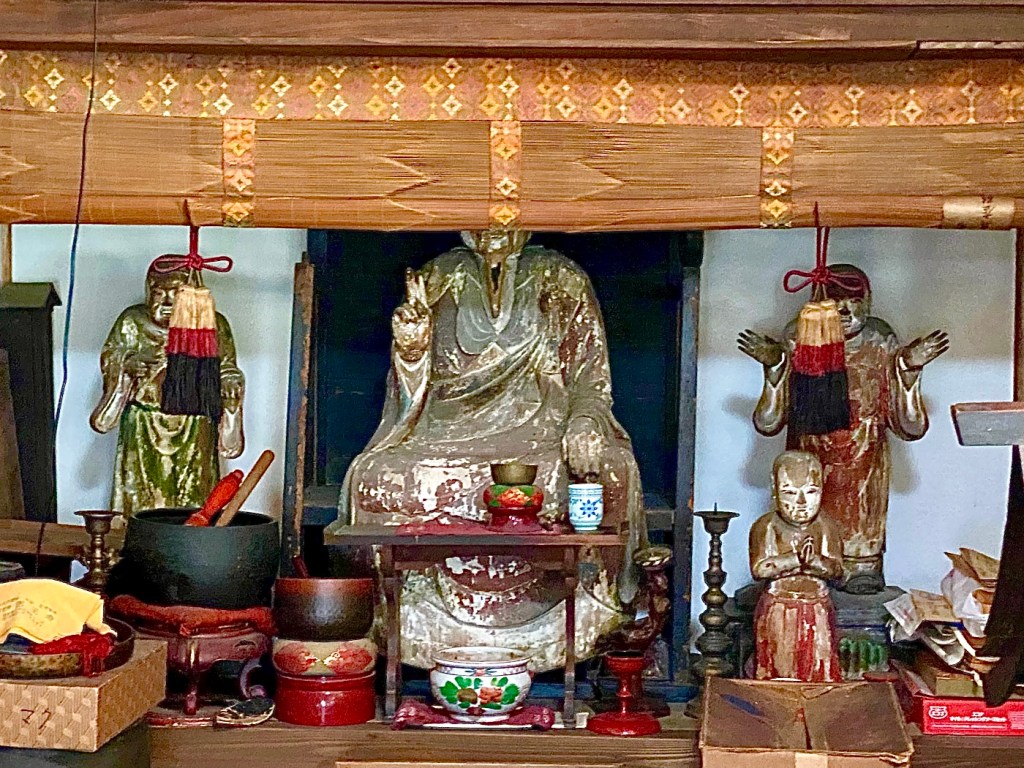
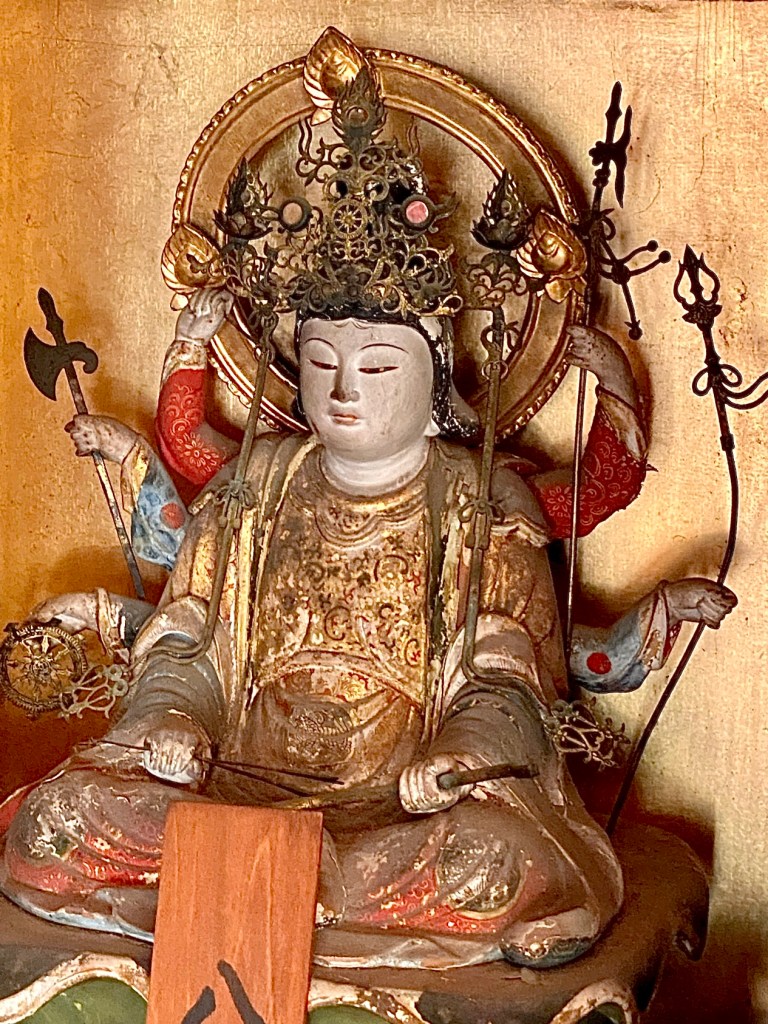
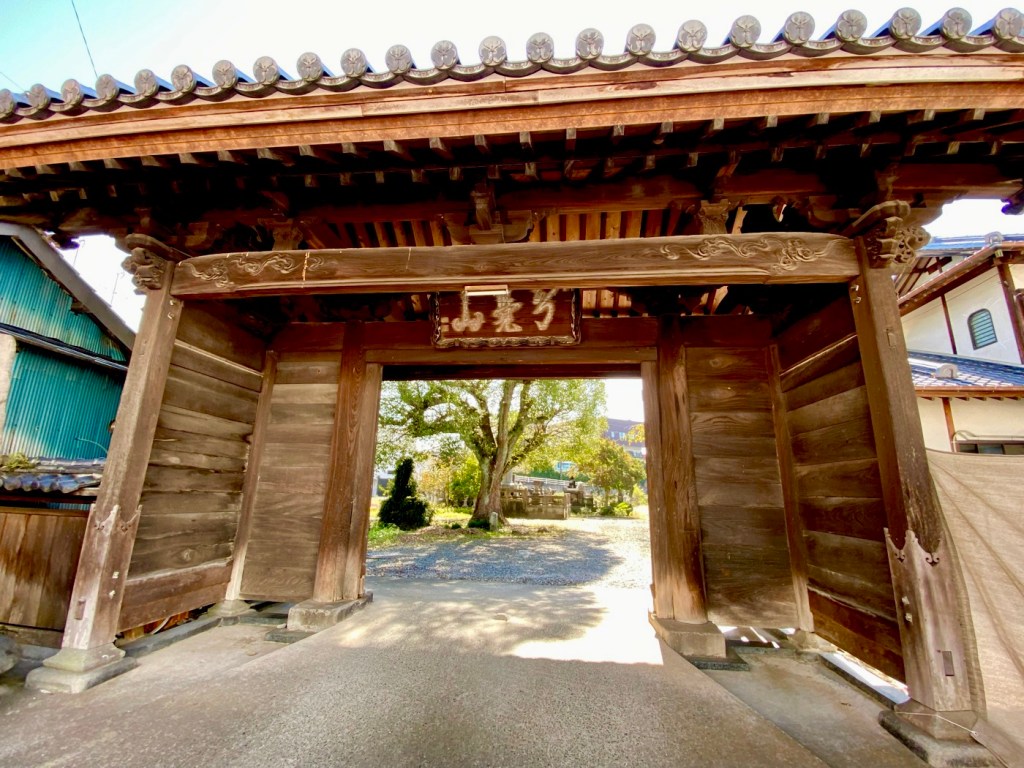
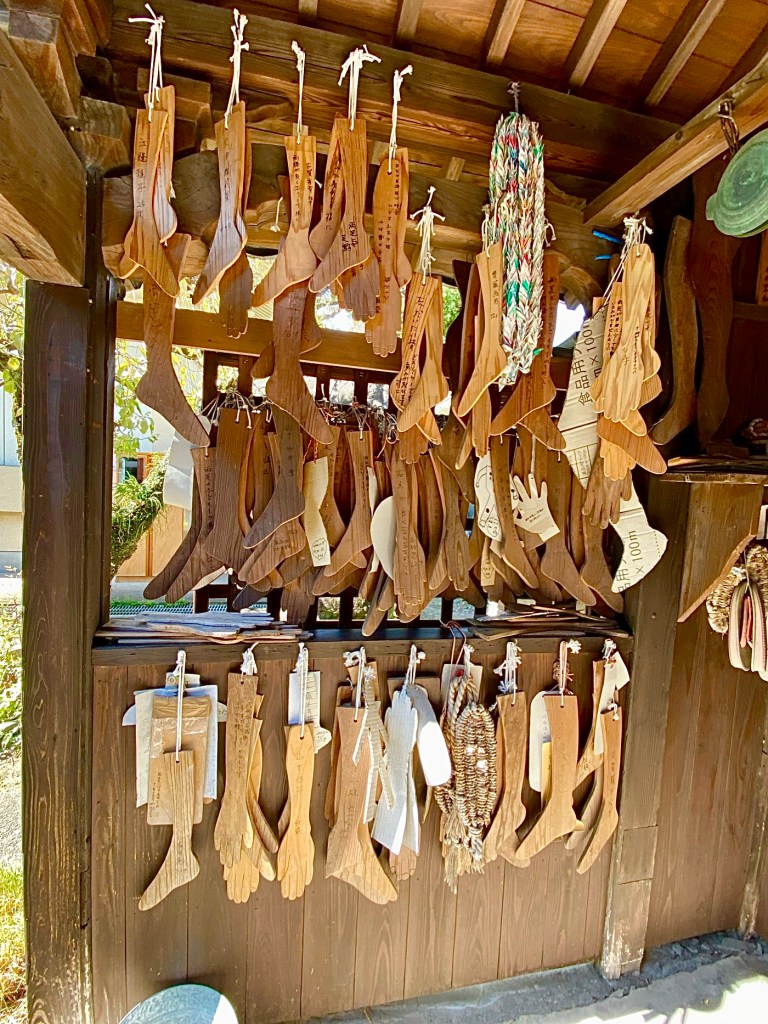

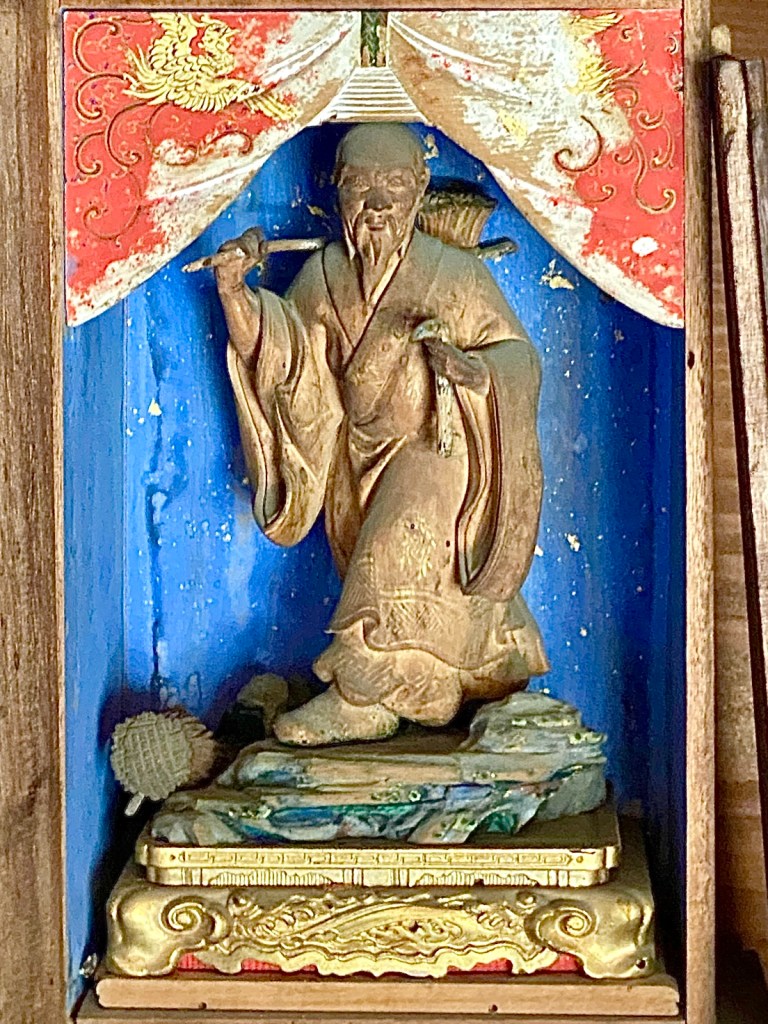
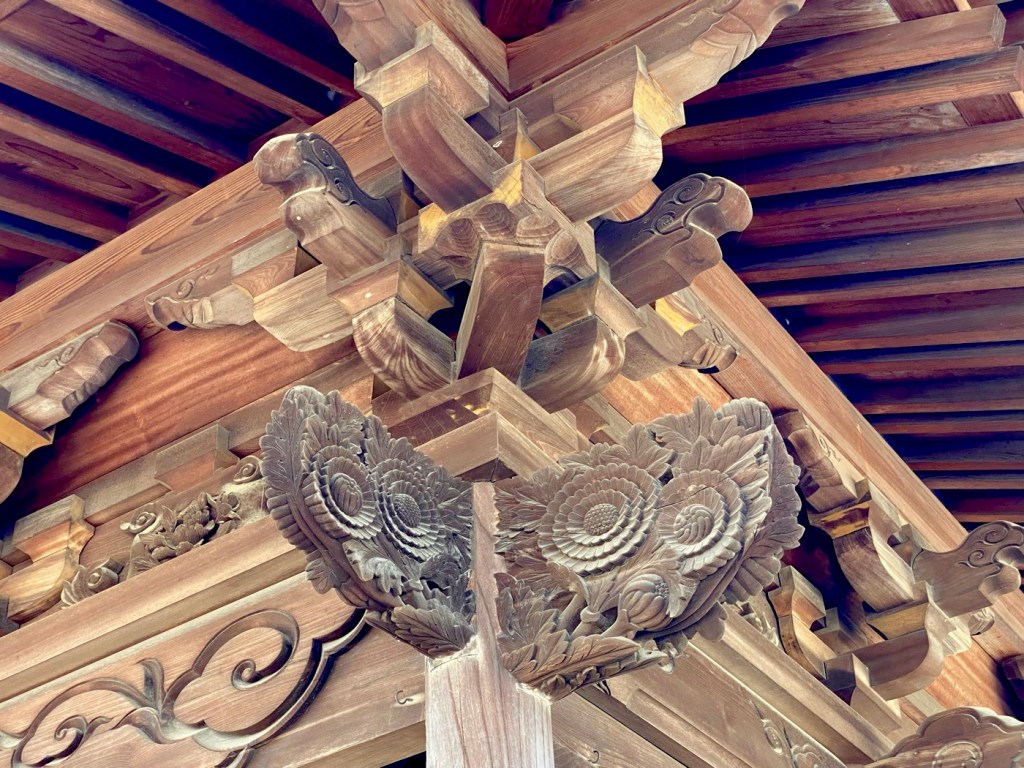

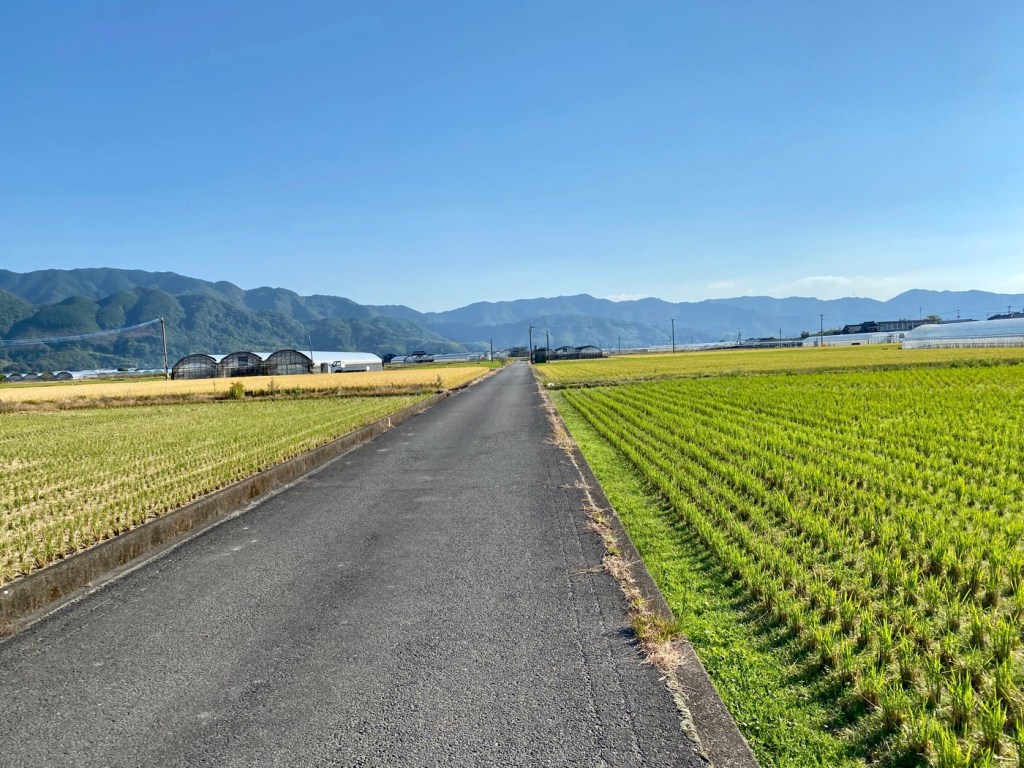
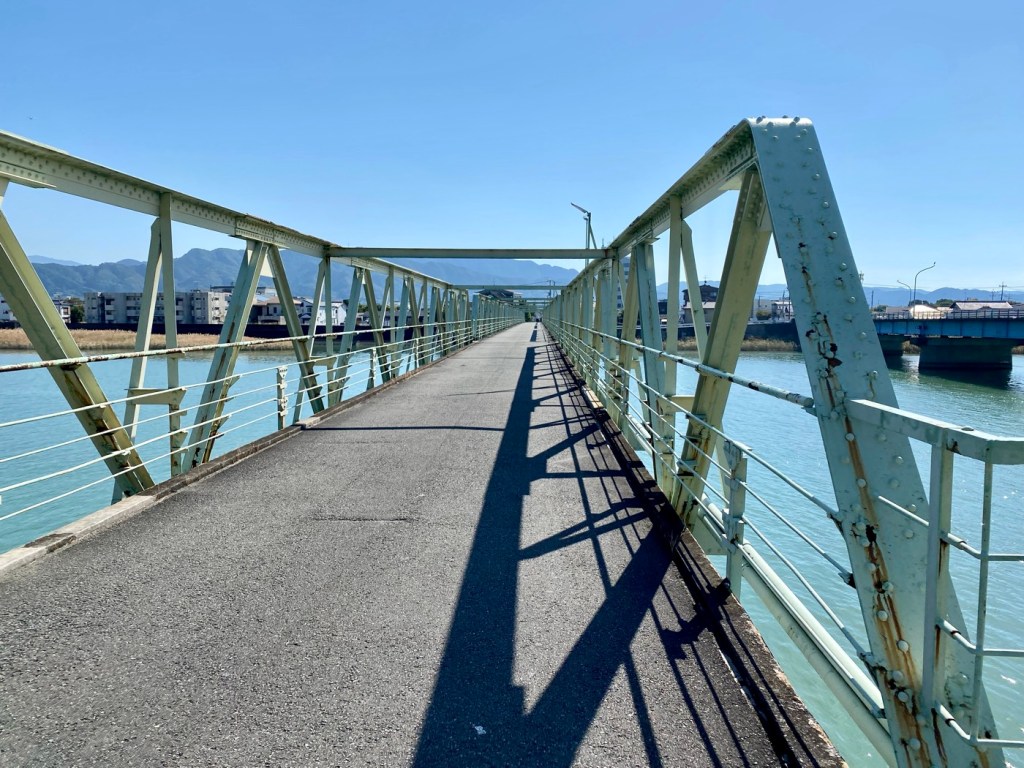
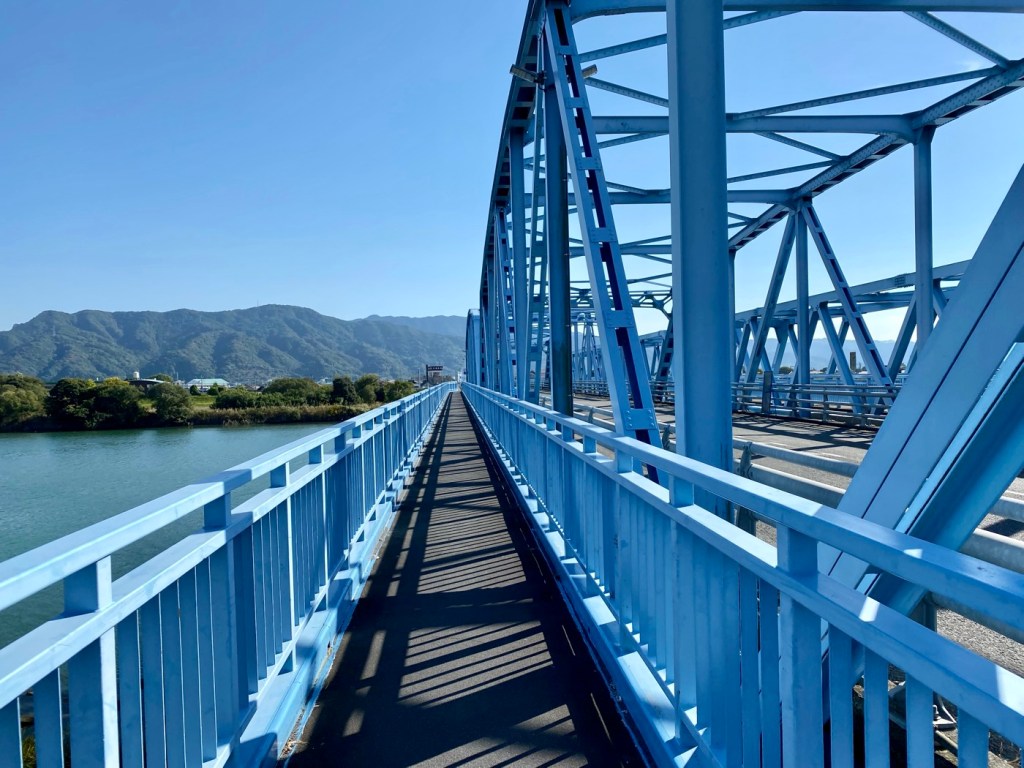


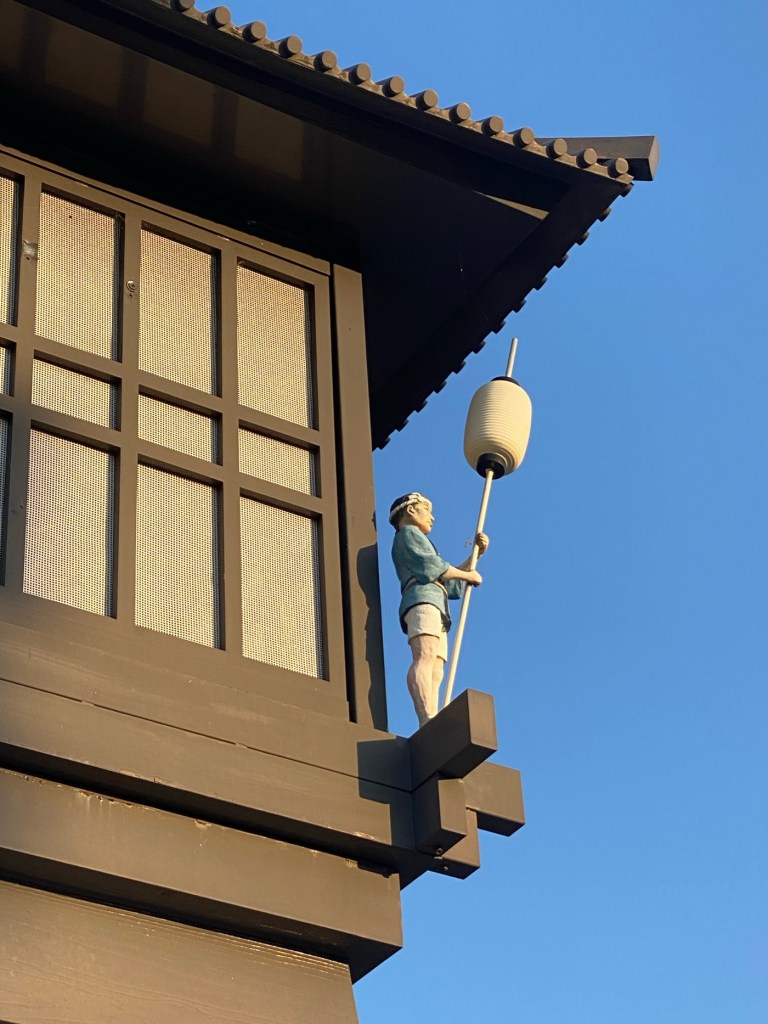
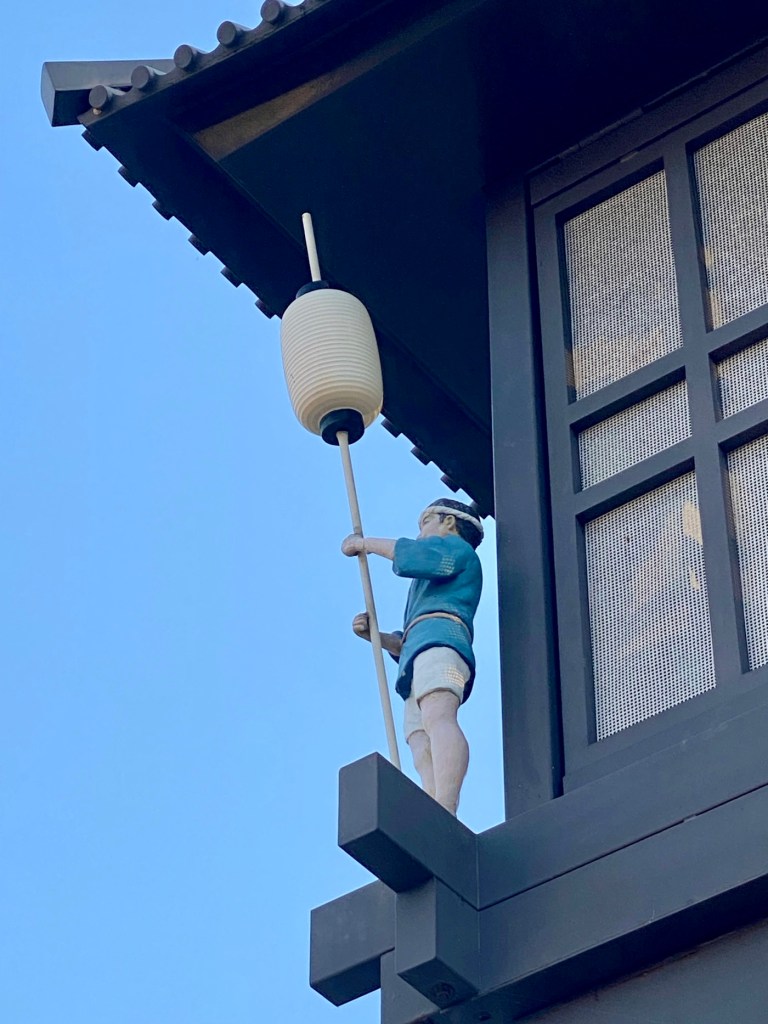
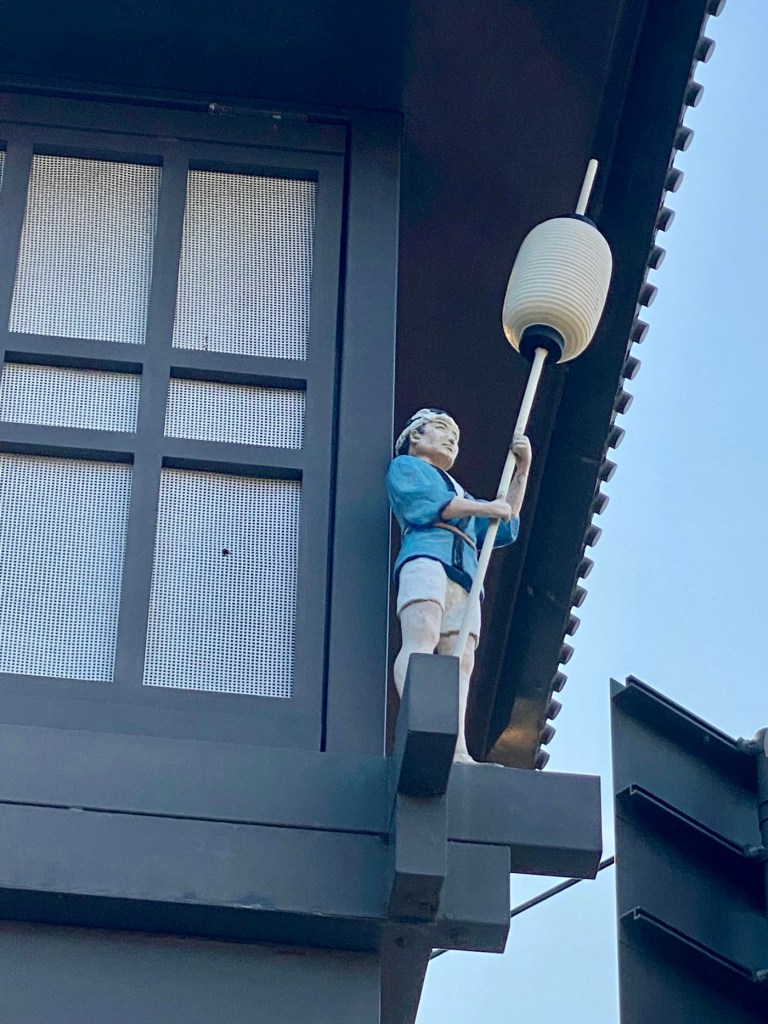
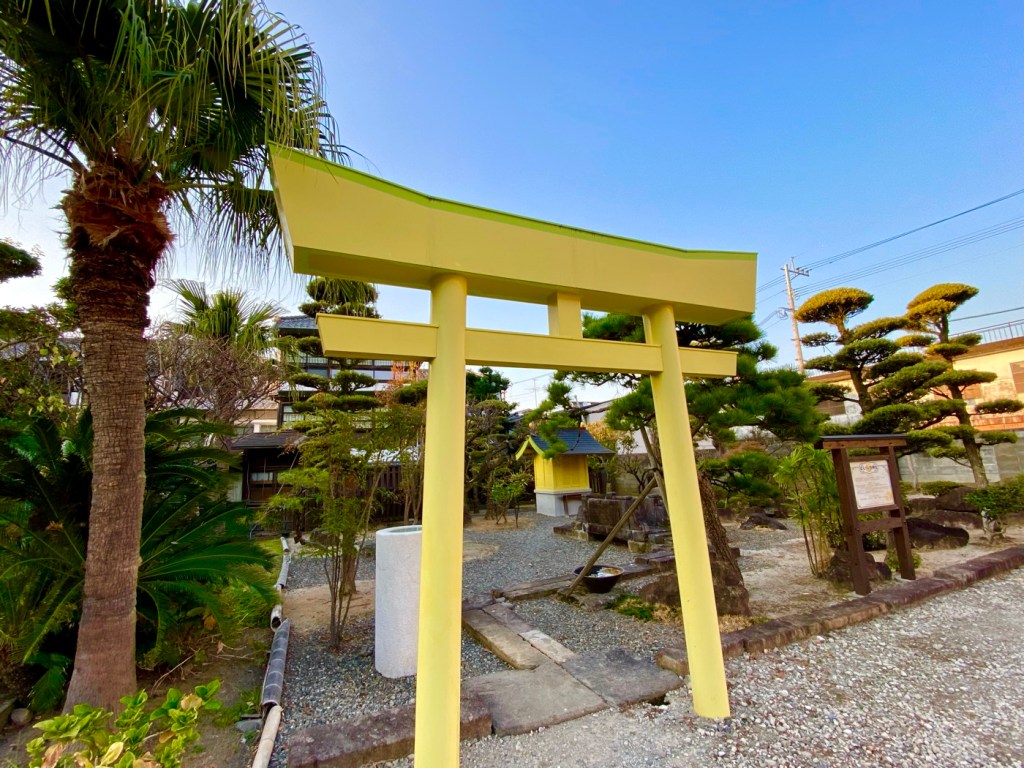
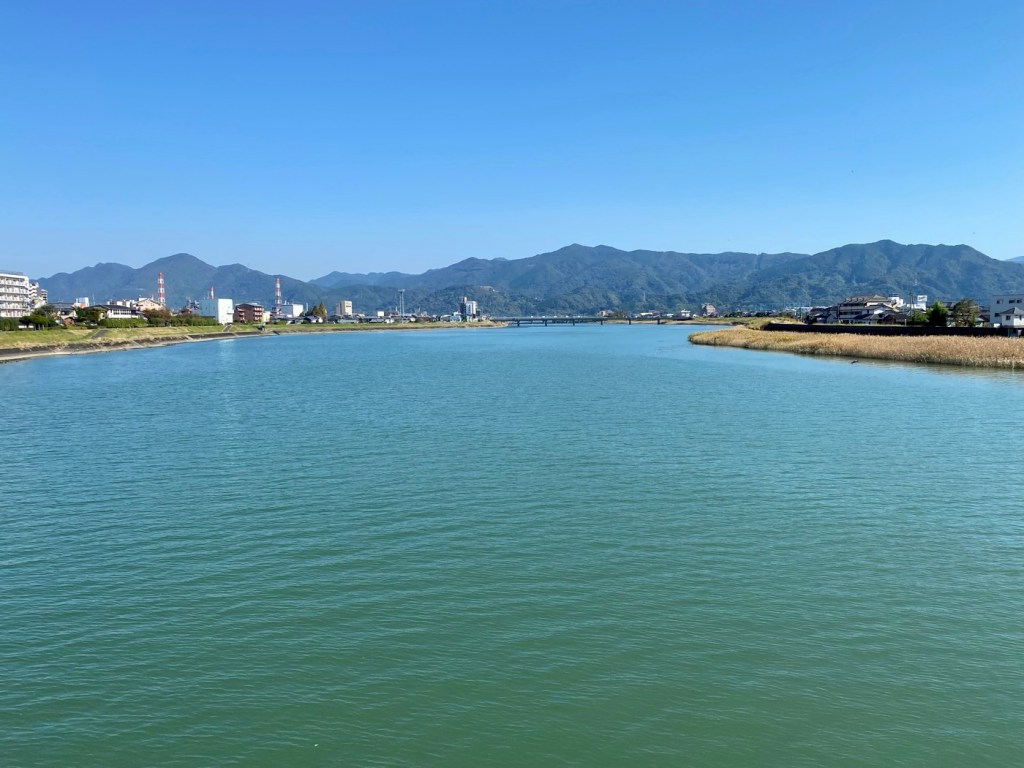
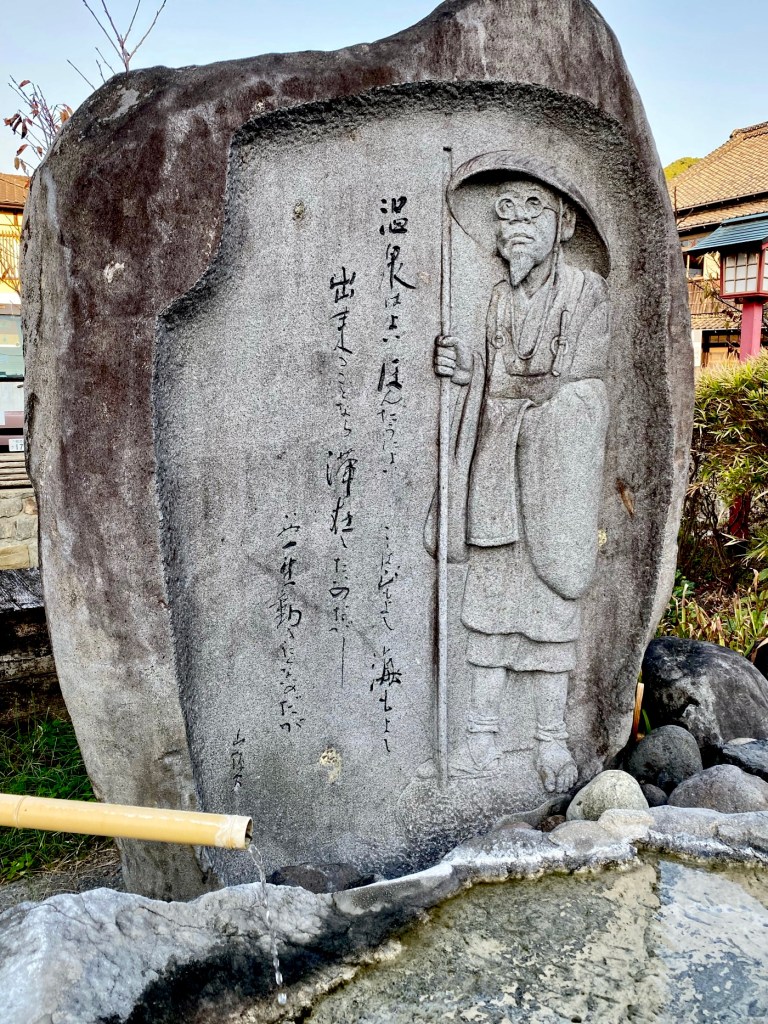
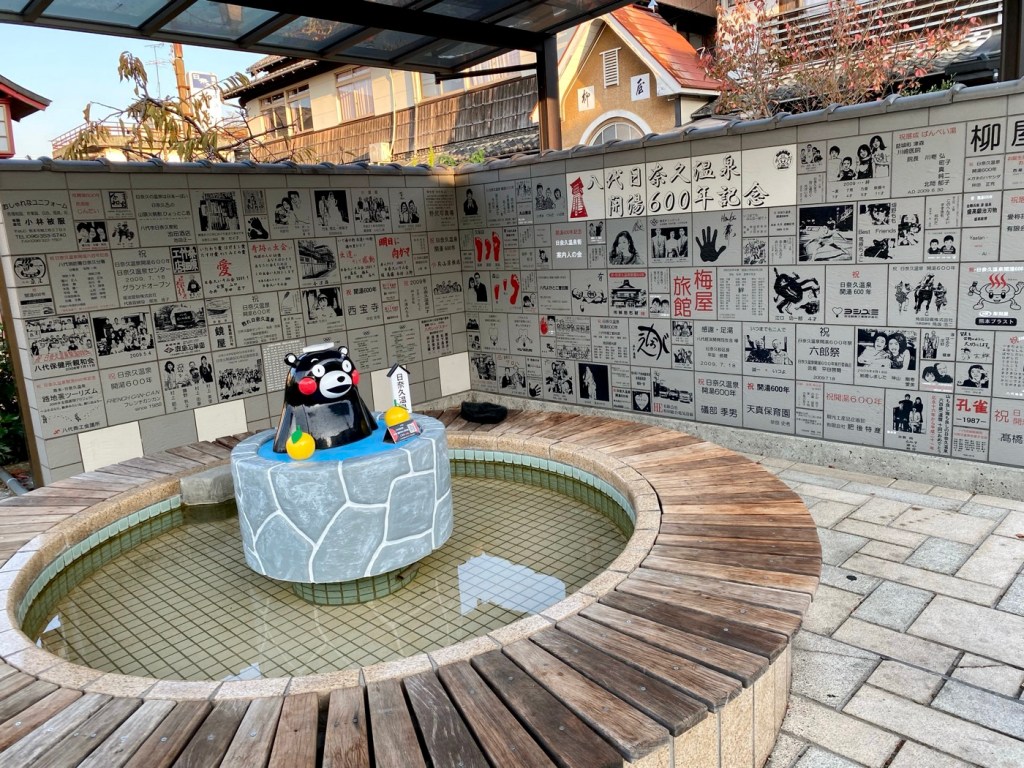

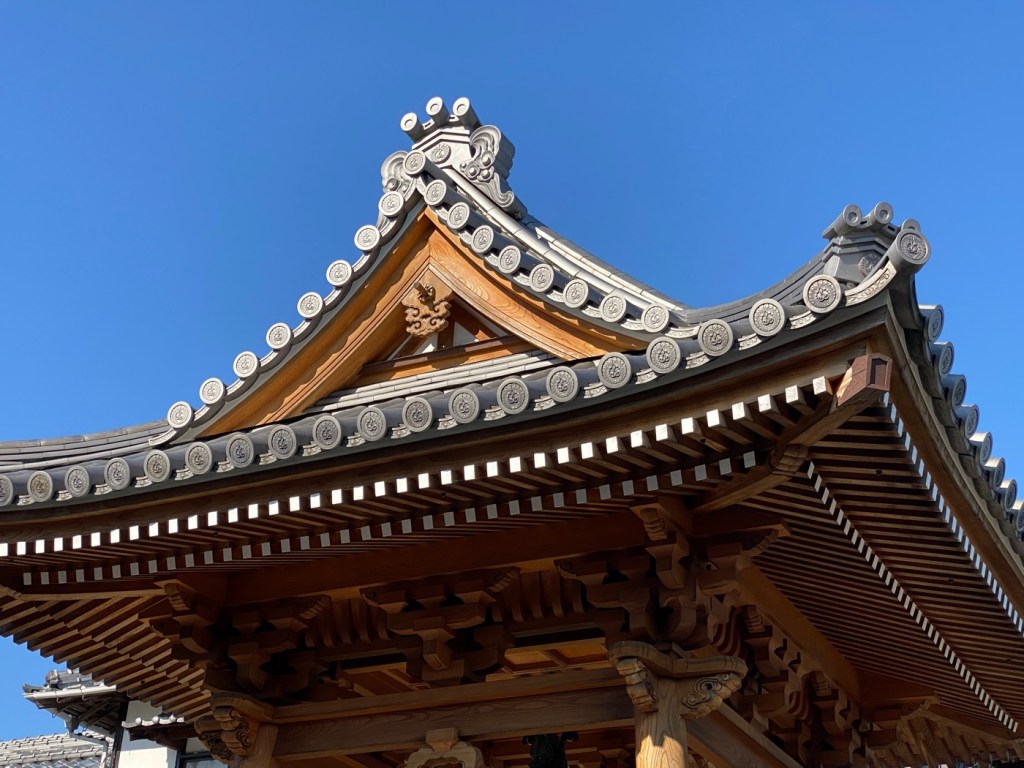
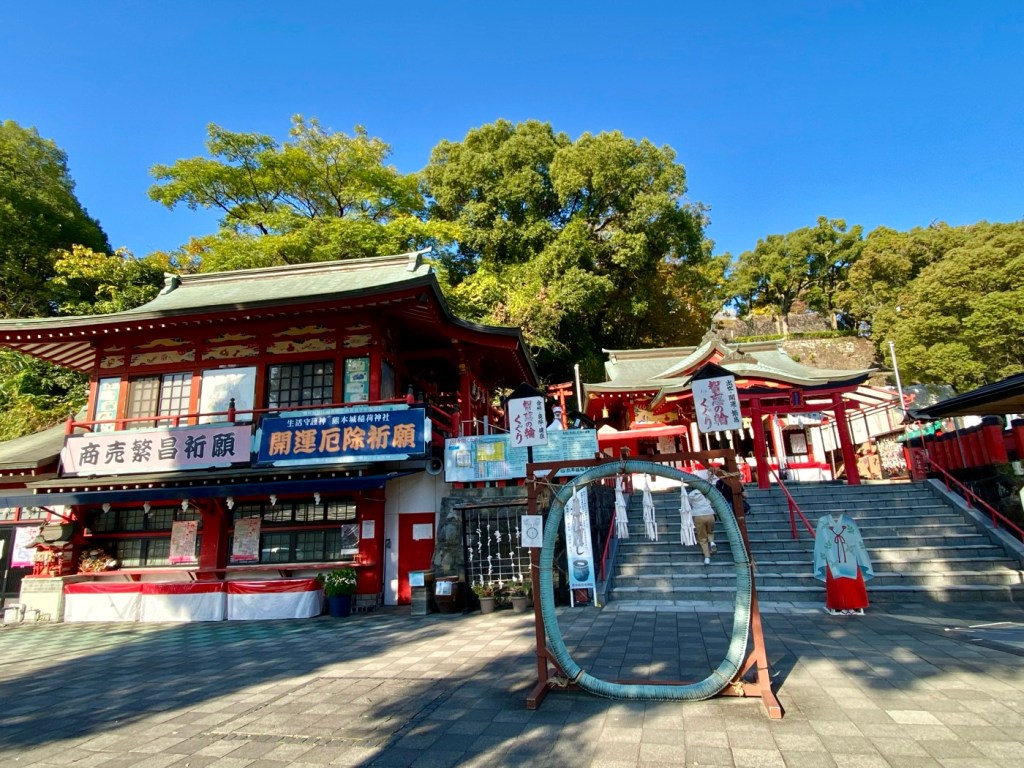
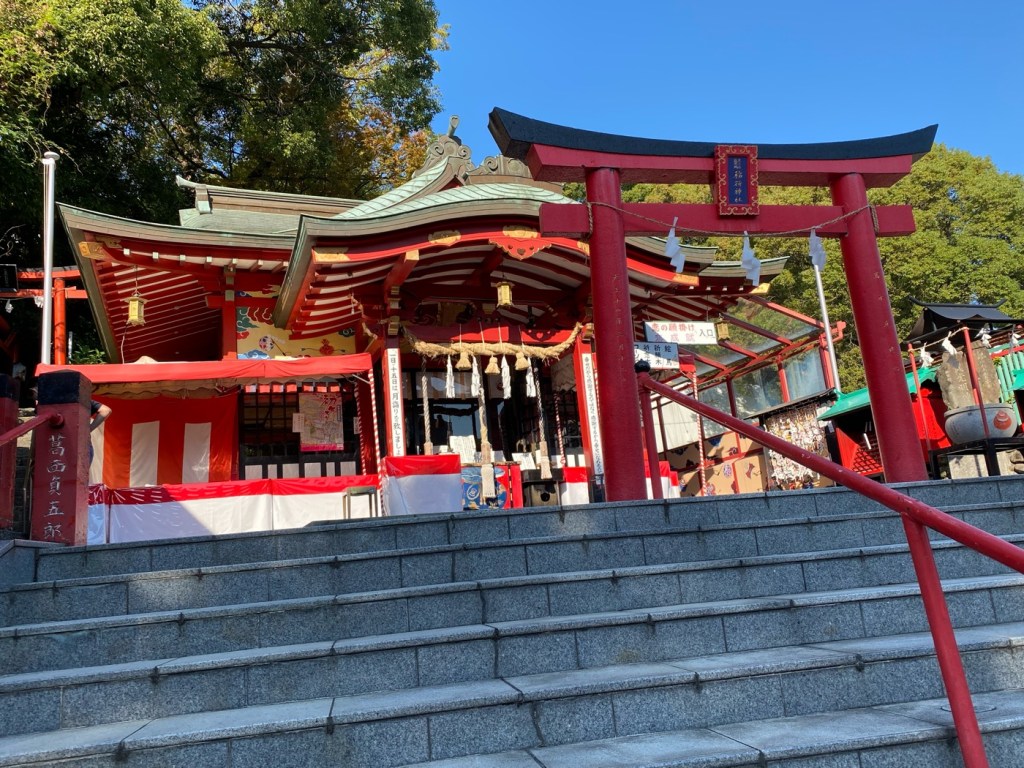
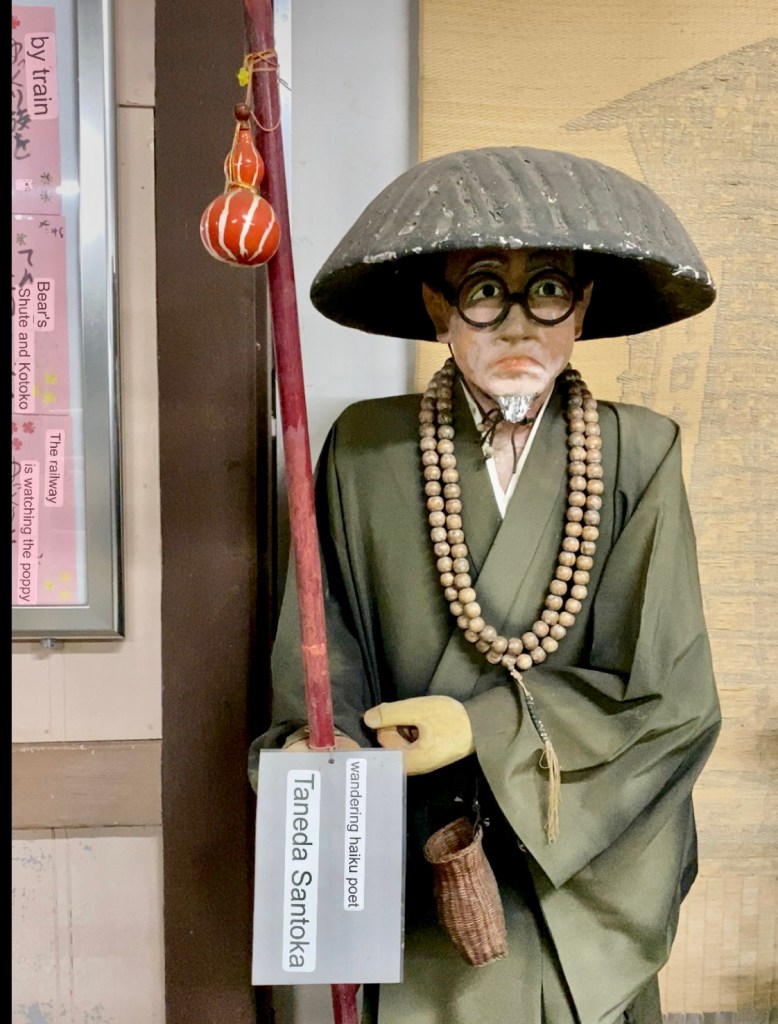
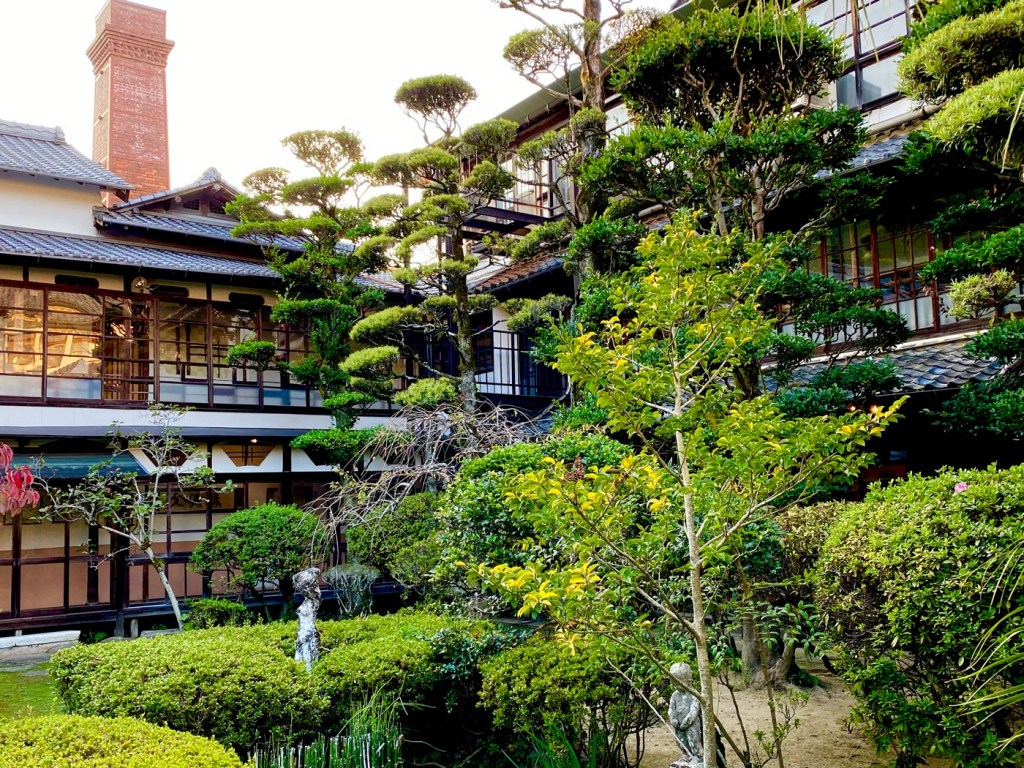
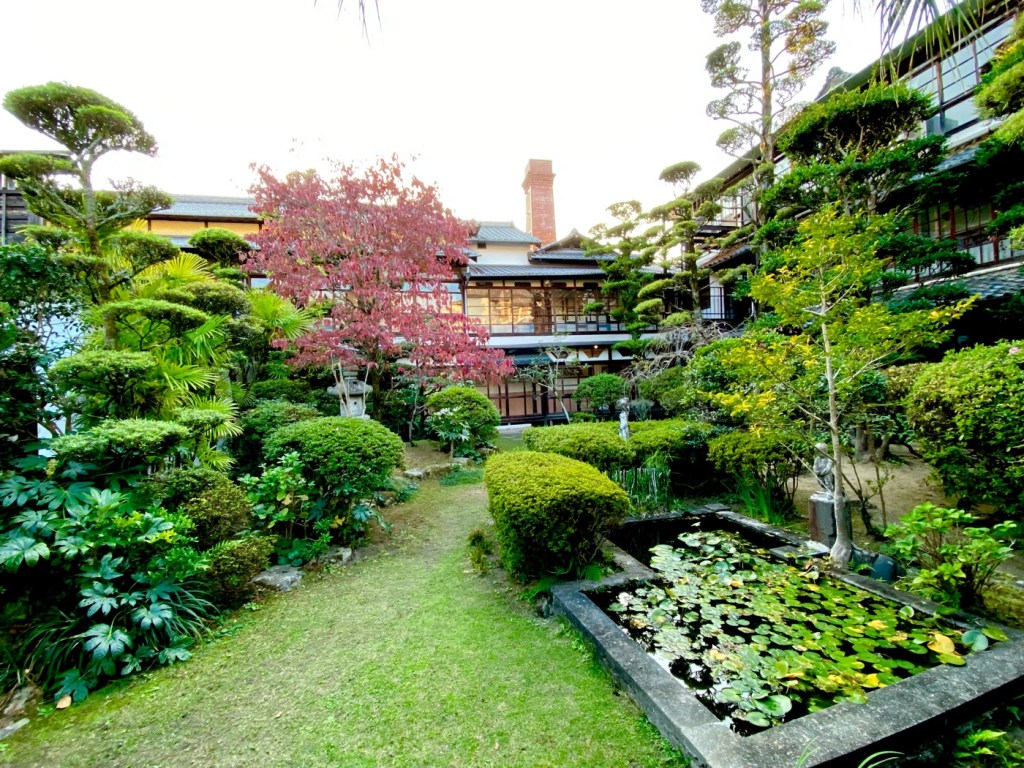
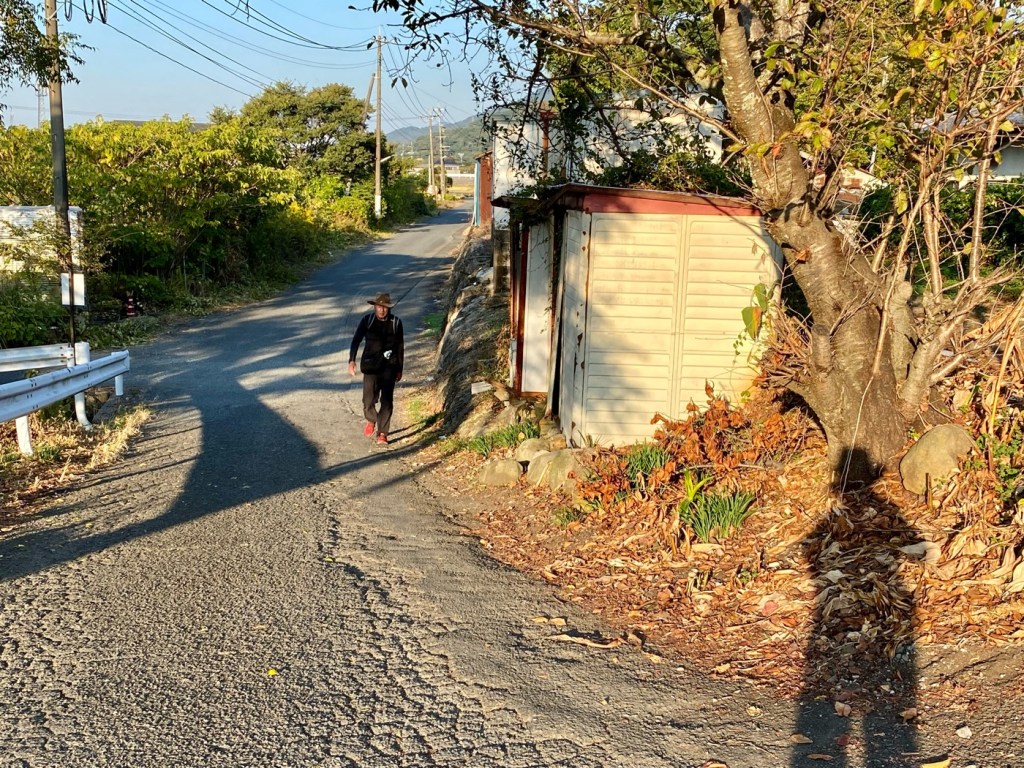
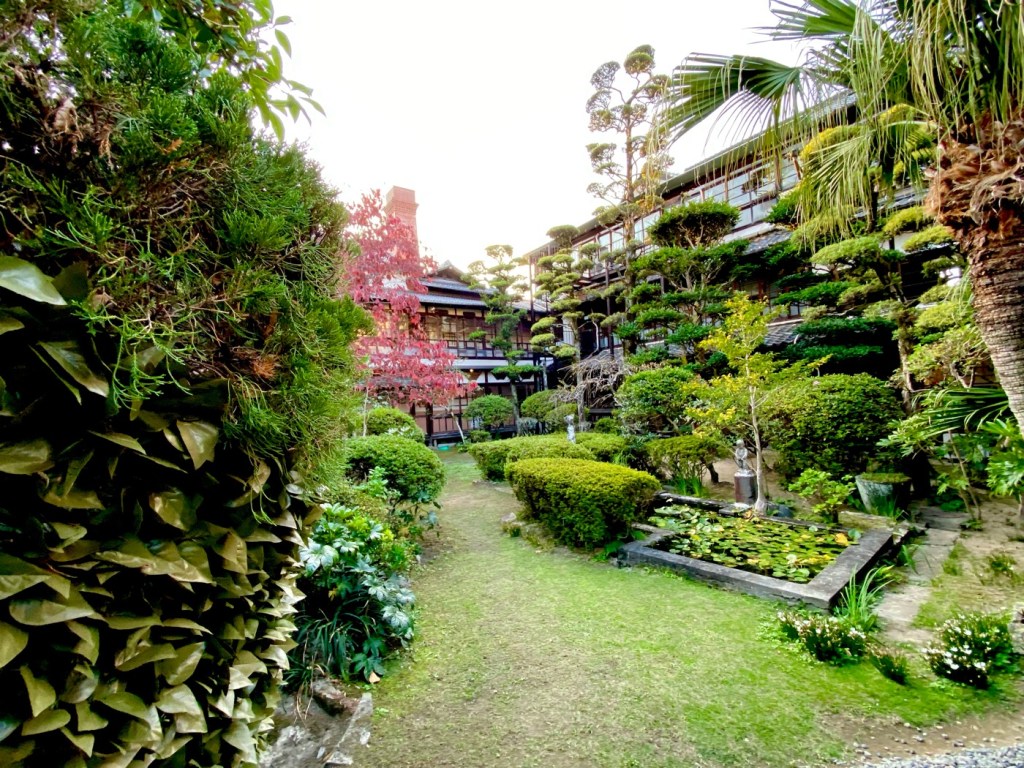
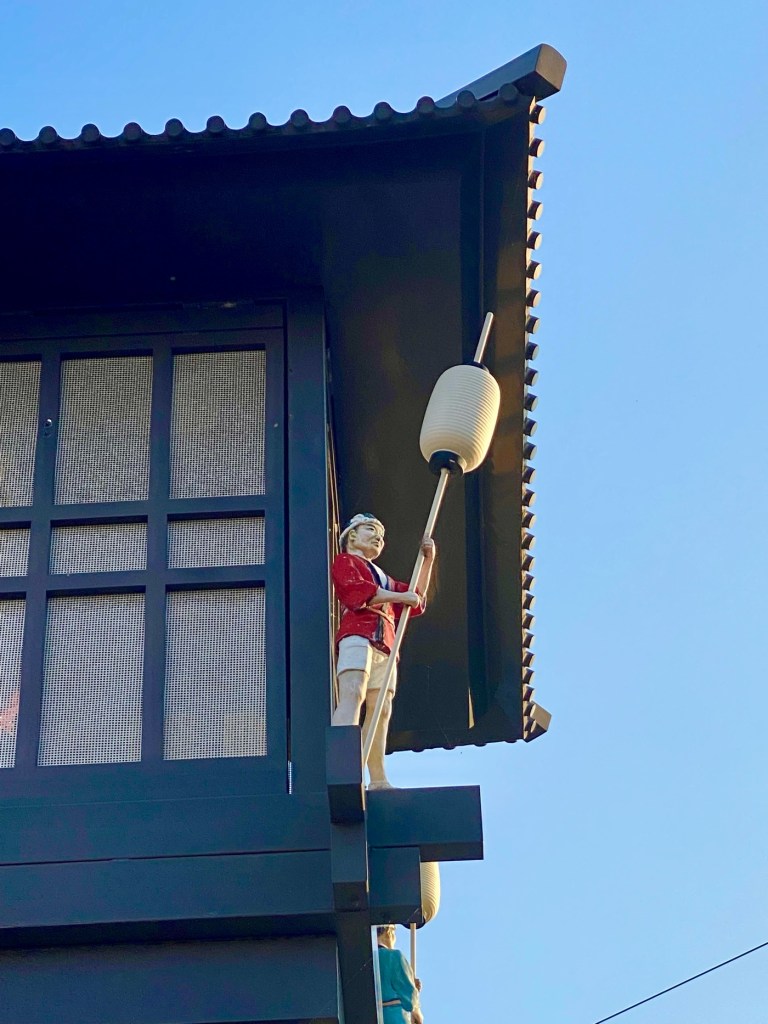
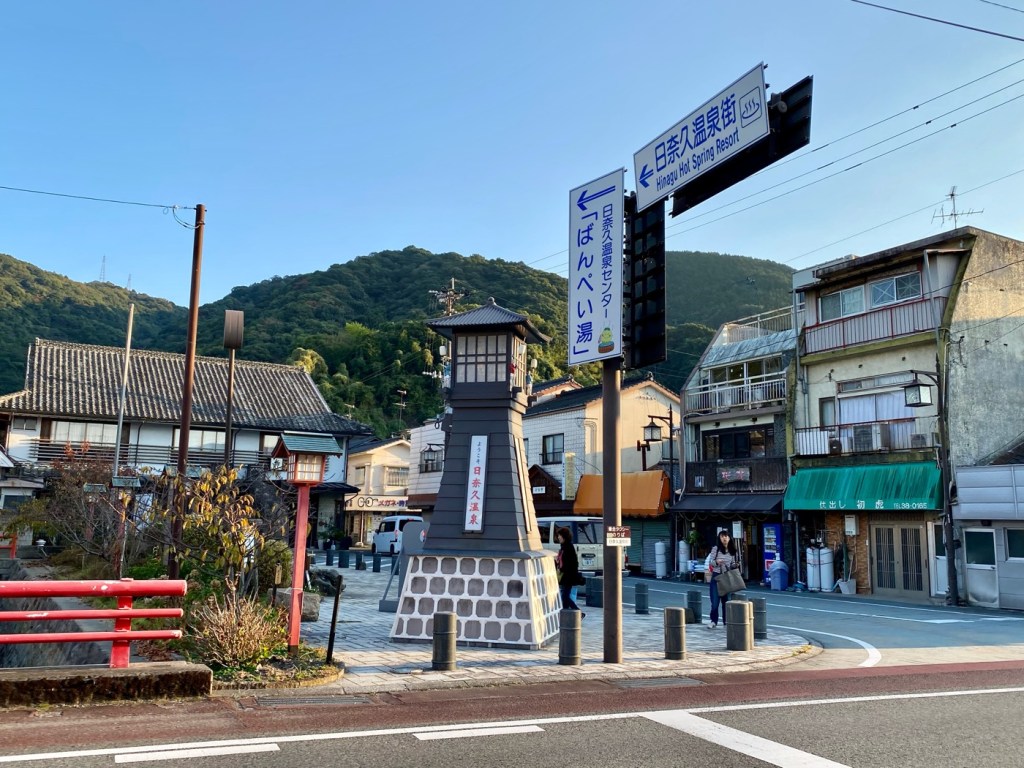
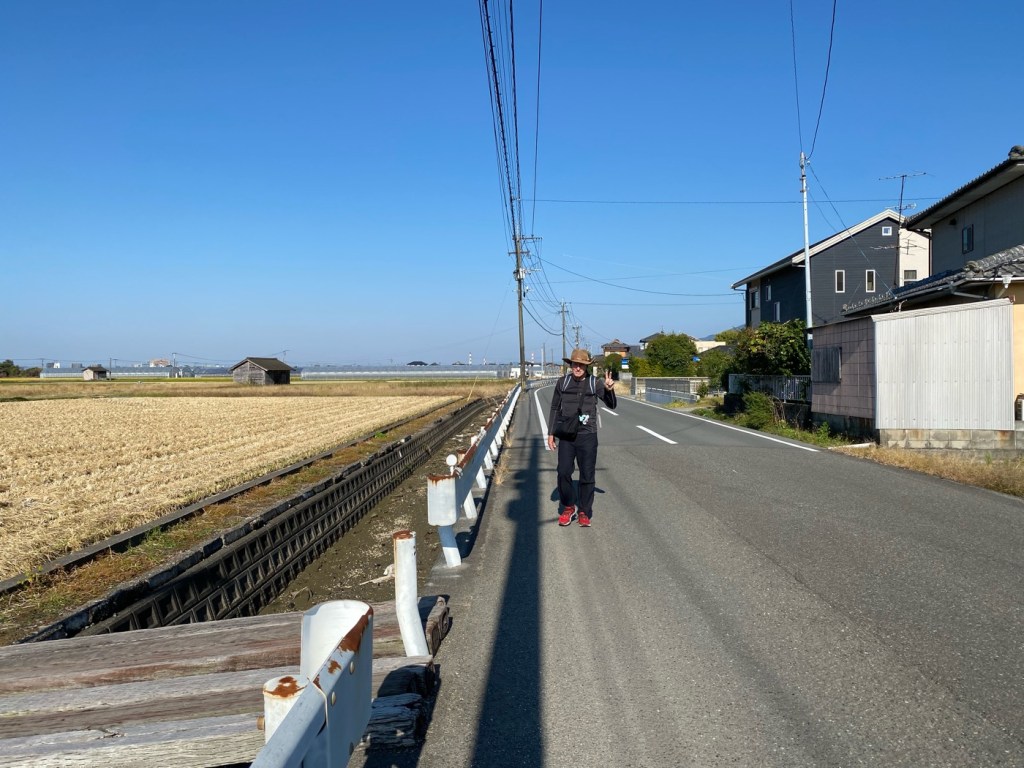
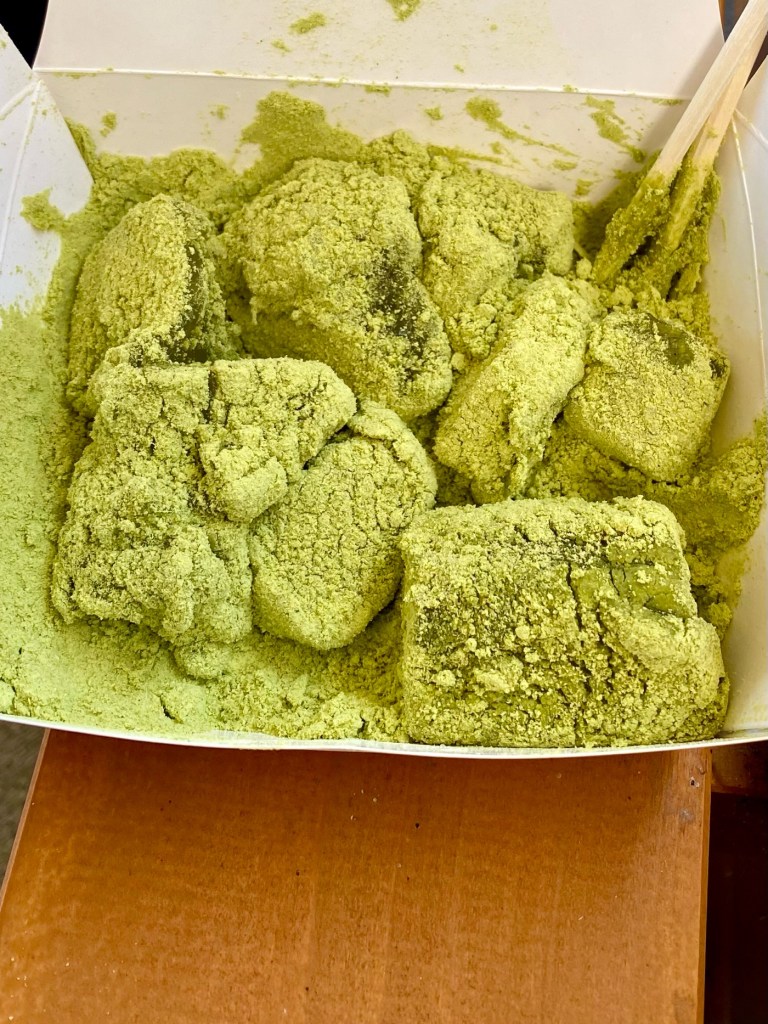
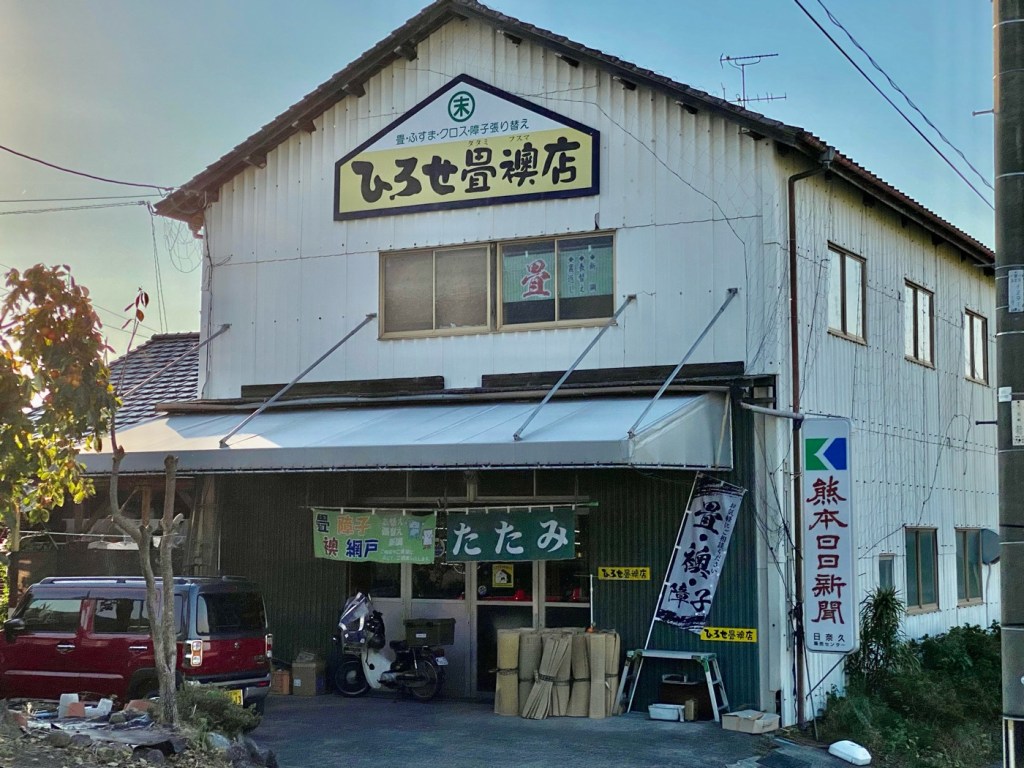
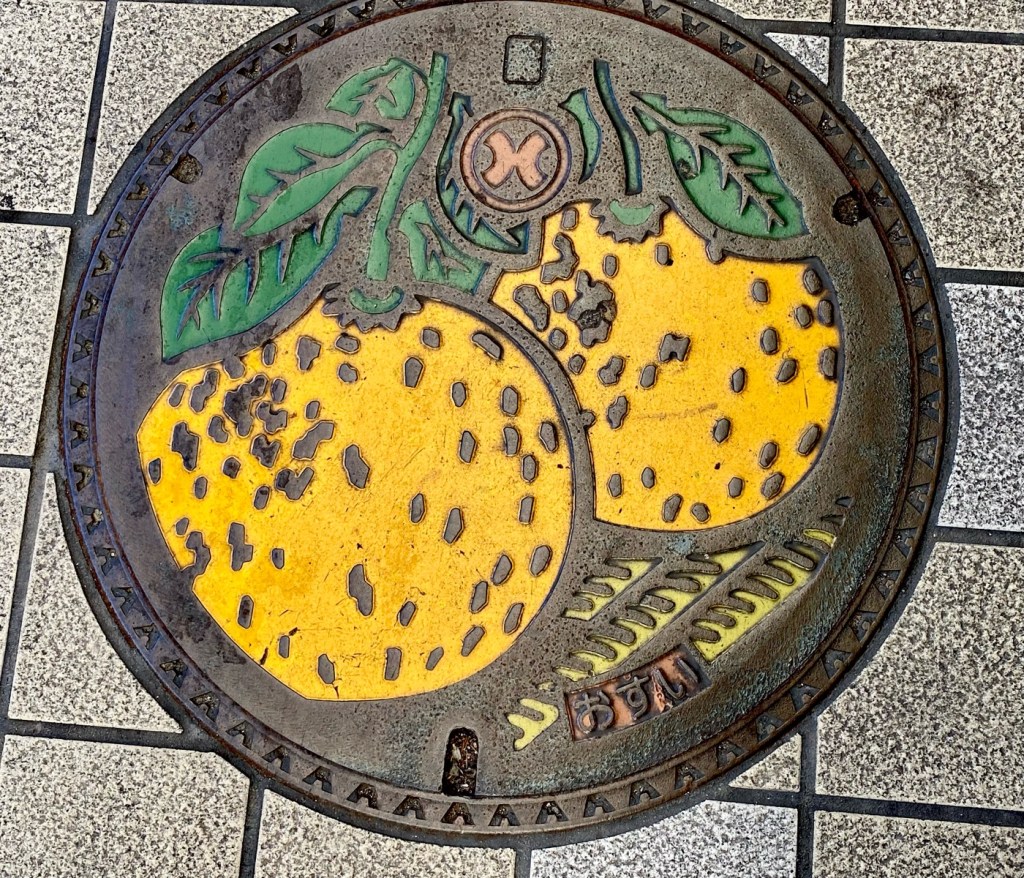
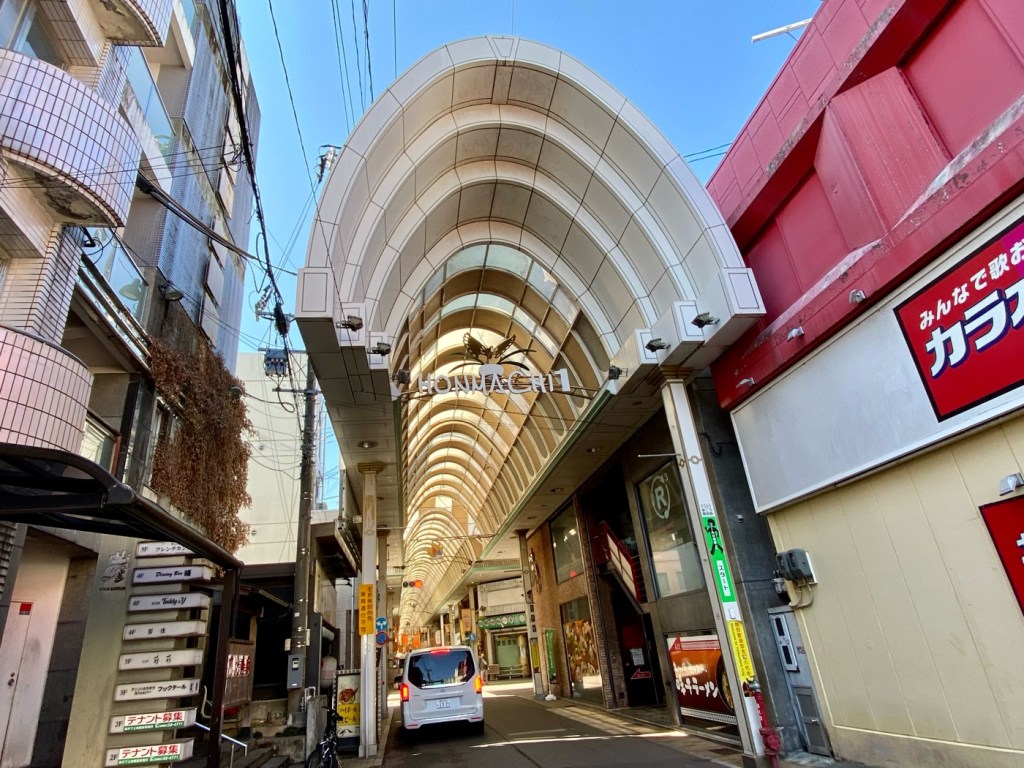
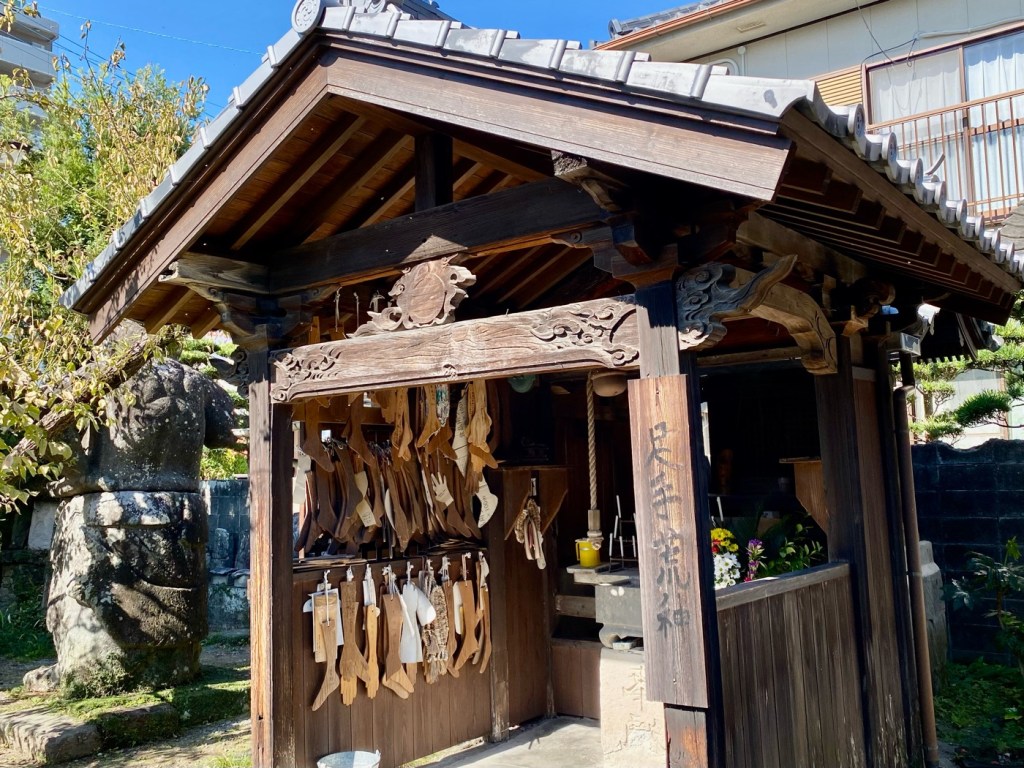
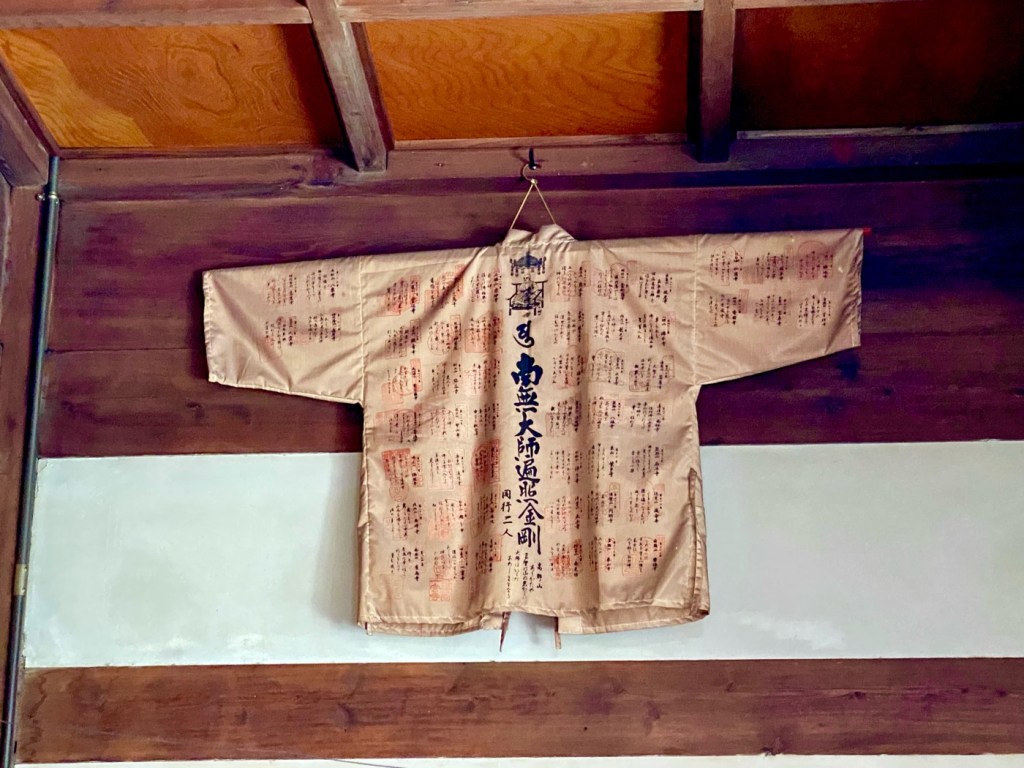

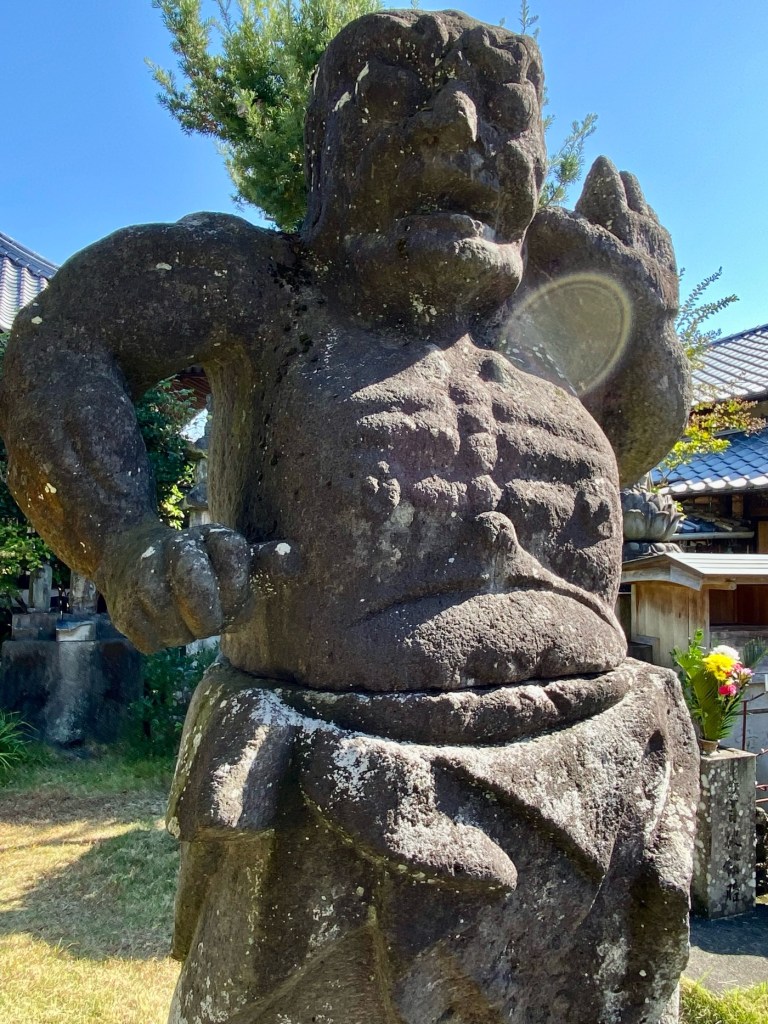
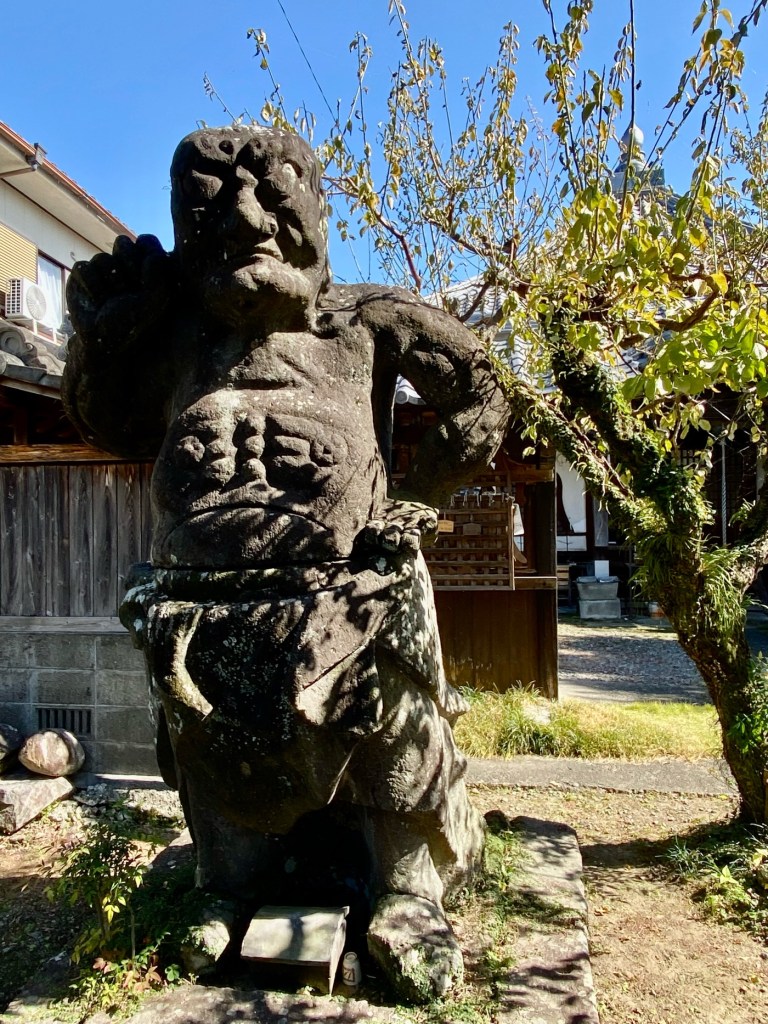
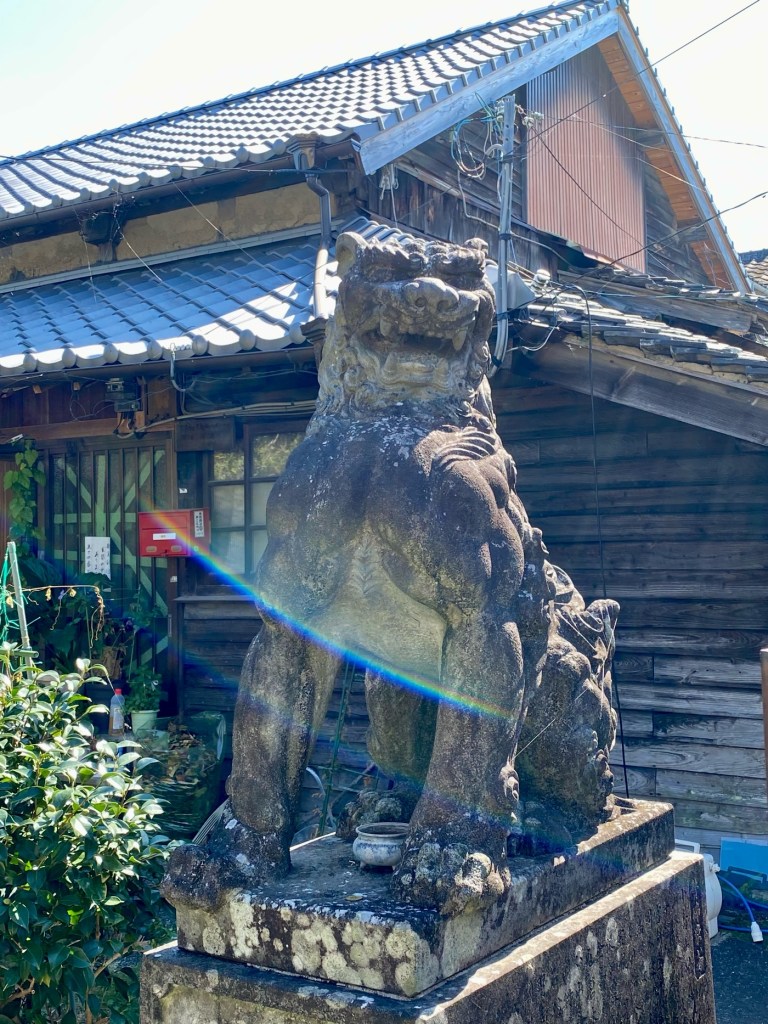
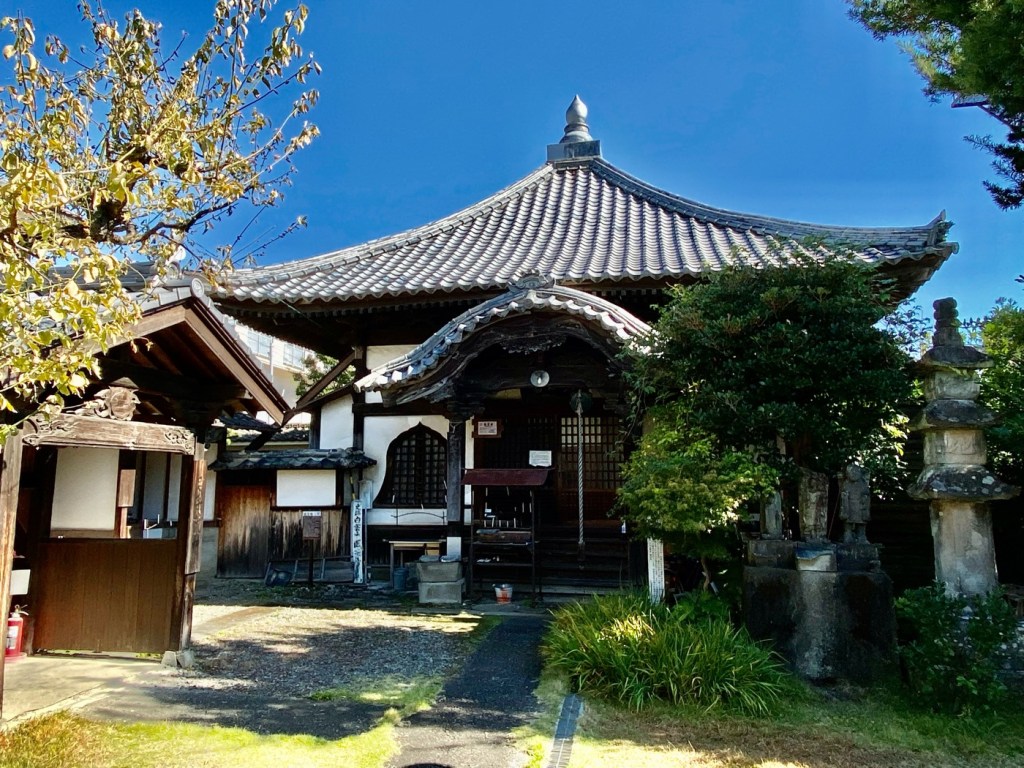
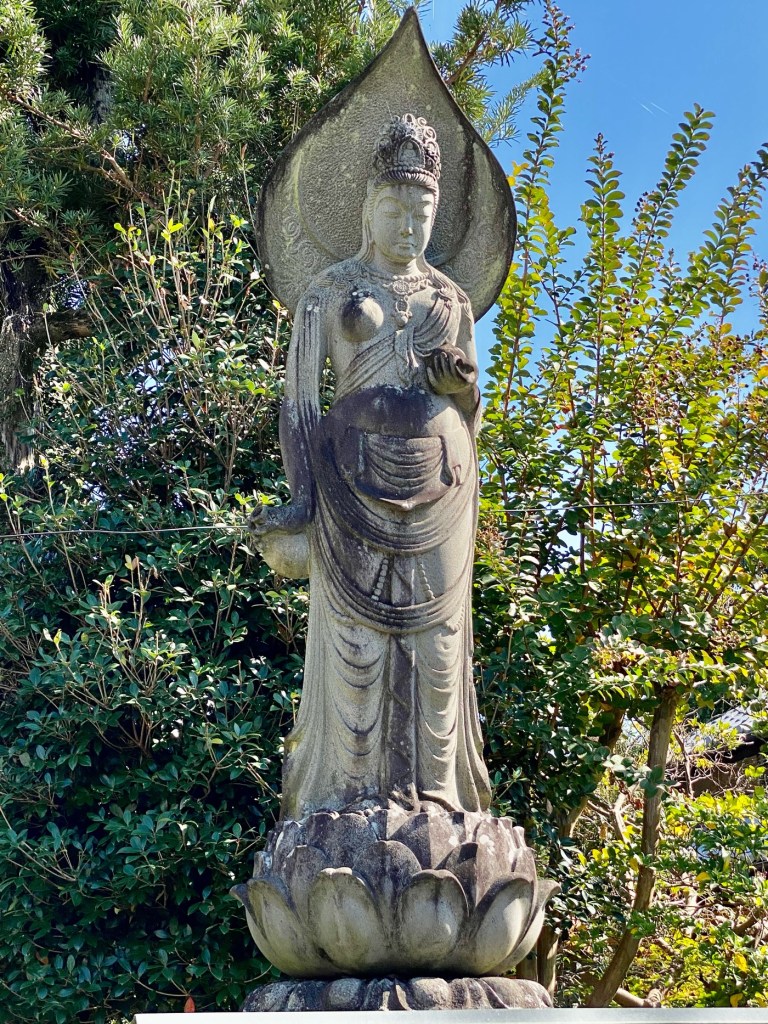
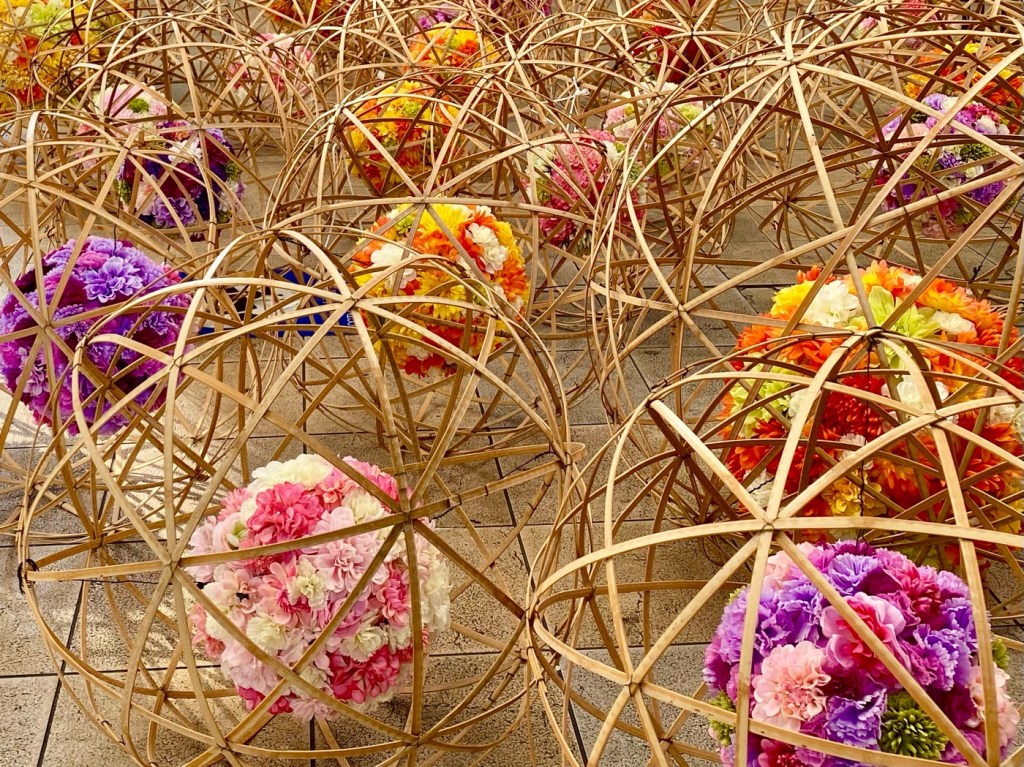
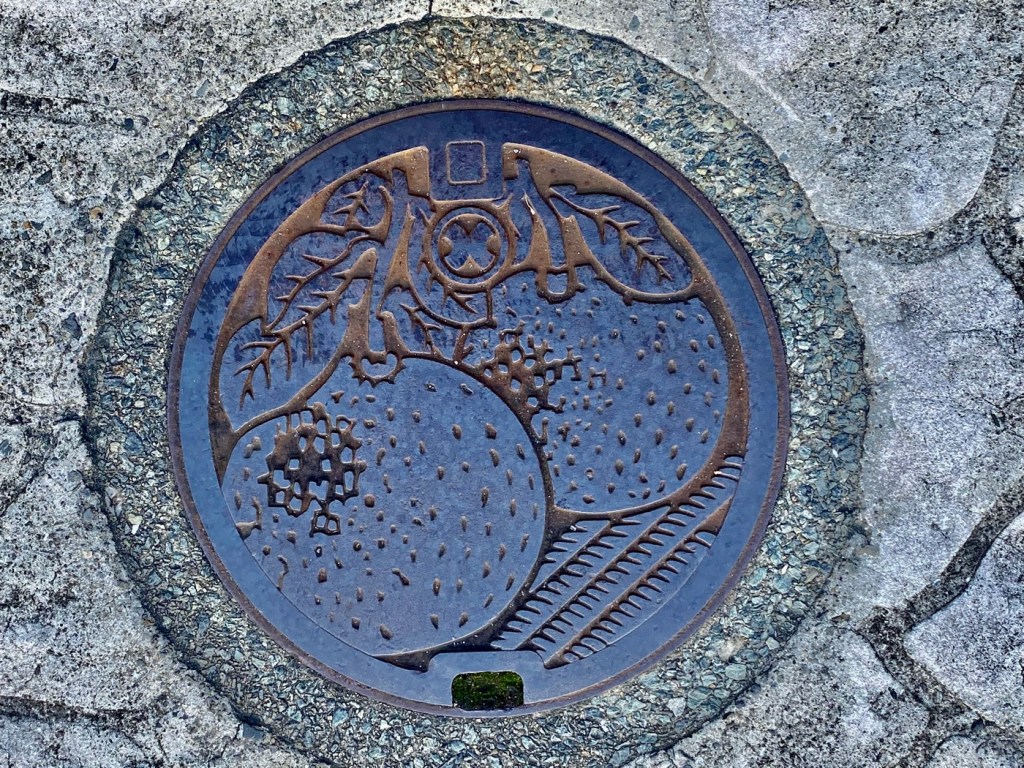
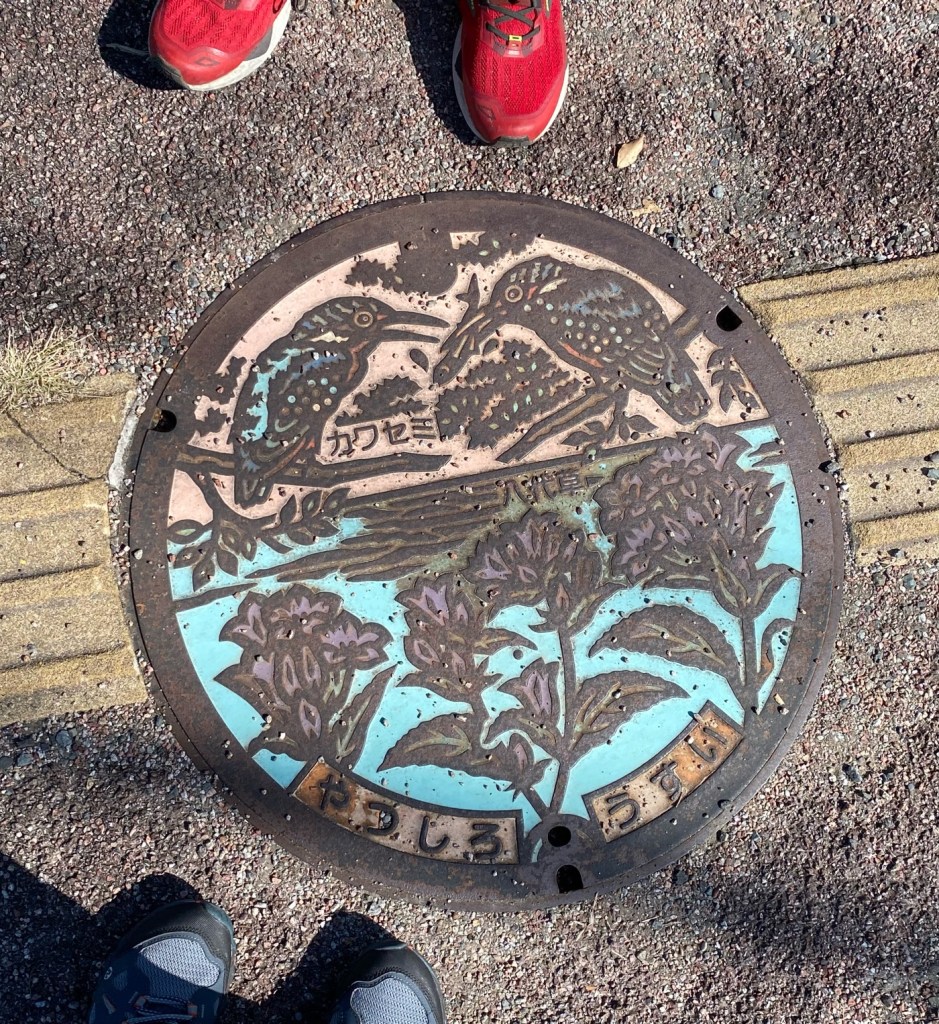
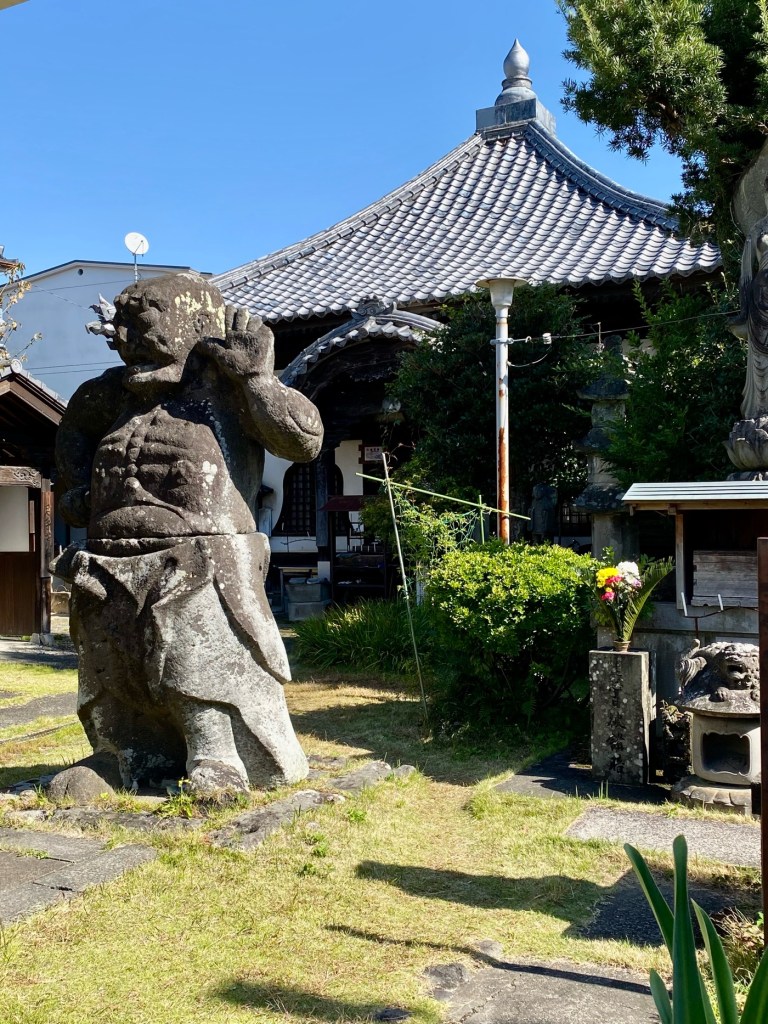
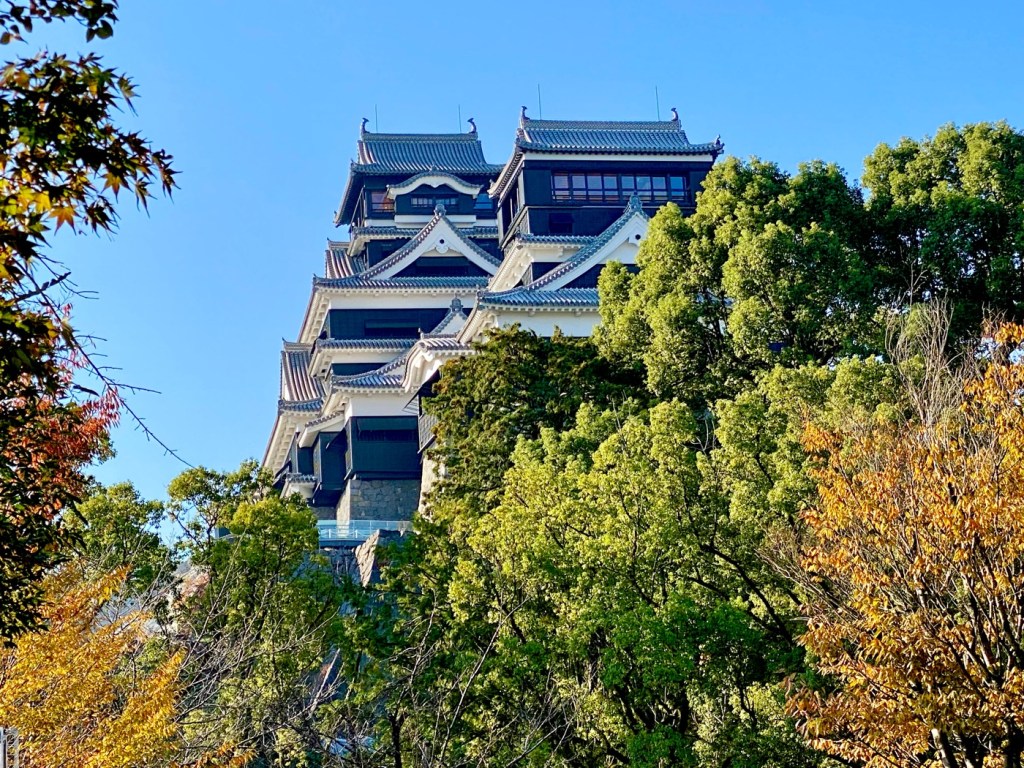
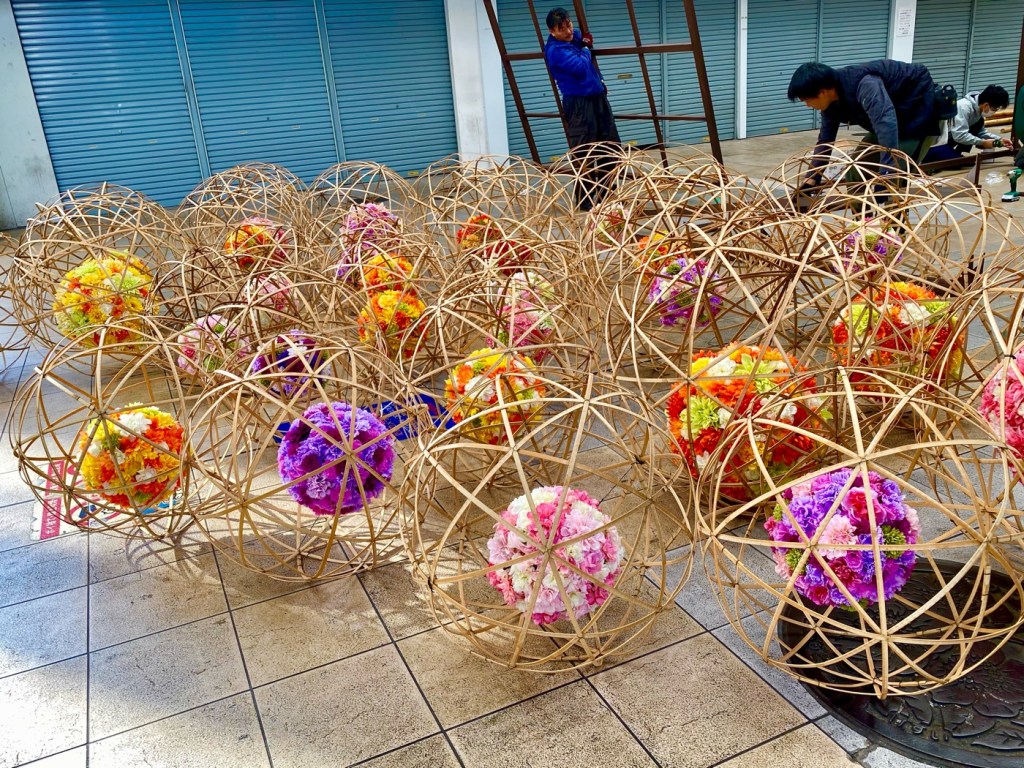
Day 40 - Yatsushiro To Hinagu Onsen, The Kyushu 108 Temple Pilgrimage, Japan
After breakfast, we walked along the Shirakawa River to Kumamoto station.
My plan was to visit temple #54 and then walk south as much as we could, because our next four temples are located in Hitoyoshi, about 53 kilometers south.
When I made the pilgrimage plans, I saw that it was not really possible to walk through the mountain range that stands between Yatsushiro and Hitoyoshi.
The distance of over 53 kilometers is too vast to walk in one day, and the train that used to run along the river was not currently working.
Much of the railway tracks south of Kumamoto were severely damaged by the Kumamoto Earthquake in April 2016.
Tracks were destroyed, and railway bridges collapsed into the river.
At the time, restoration seemed hopeless due to the enormous cost of repairs and the light use of these rural trains.
I read in the news that some of those trains had started running again on a very limited schedule, but when I tried to check for possible times of return at the end of our walking days, nothing showed up.
No buses and no trains ran on that mountain pass road.
So, we would have to walk south as far as Hinagu Onsen, and on the day we leave Kumamoto for Hitoyoshi, we would have to take a bus there.
This time, we did pack a small bag for the hot springs, because Hinagu Onsen is a famous hot springs town.
After not being prepared for a soak in Yamaga Onsen yesterday, I wanted to make sure that we would be able to soak at the end of the day today, before returning to Kumamoto.
In Yatsushiro, I bought a snack of Warabi Mochi to take for the road.
I love warabi mochi, which is made from the roots of the warabi plant.
The congealed gel is cut into cubes and rolled in either matcha powder or roasted soy bean flour.
It is never too sweet like other mochi.
This store sold only warabi mochi and advertised itself as making “melty melty angel food warabi mochi”.
We walked to Temple #54, Mt. Hakuun Loji.
It is an amazing small temple with big stone guardians that looked a little like the Easter Island stone statues.
The priest and his wife were eating their lunch, which was set up on a low table, sitting on cushions on tatami mats.
The door was open.
I apologized for interrupting their lunch when I handed them my book and scroll to be stamped.
The lady was super welcoming and opened the main hall for us to pray, while she stamped our book.
Outside the main hall, there was a small shrine devoted to prayers for the health and healing of human limbs.
Many wooden arms and legs were hanging from hooks on the walls with names and prayers written on them.
I said a prayer for the healing of my feet from the Plantar fasciitis that has caused me so much pain and discomfort during this pilgrimage.
I also said a prayer for Jacky Hunt-Broersma, an amputee ultra-marathoner who broke the Guinness World Record for most consecutive marathons.
She ran 104 marathons in 104 days.
She took up running after she lost her left leg to cancer and her leg was amputated below the knee.
She is absolutely amazing in her determination!
Temple # 54, Mt. Hakuun Loji in Yatsushiro, is said to have been founded in the middle of the Heian period and was moved to its current location in 1655 during the Edo period.
It has been used as a prayer temple for the Matsui family, the feudal lords of Yatsushiro Castle.
The principal image is a standing statue of Yakushi Nyorai, made from one piece of wood during the Heian period.
The statue is 63.7 cm in height, and was designated as a national cultural property in 1906.
There is also a Kannon statue made in the Kamakura period from a cypress tree, and is a prefectural designated important cultural property.
In the small temple grounds, there are many Buddhas and gods.
The Blue-faced Kongo is said to protect people’s limbs from illness and injuries.
The Nio guardian stone statues stand tall at 2.5 meters and they have been standing here for more than 300 years.
In each temple there is something written about the priest presiding over the temple.
Some boast being educated in famous temples and others boast long meditation retreats or about their lineage and affiliation with great temples in Kyoto or Koyasan.
In this temple the priest’s statement is so humble and cute, that I thought to share it:
Introduction of the chief priest:
“I was born in the year of the cow after the war.
I’m 165 cm in height and 60 kg in weight, mostly around the belly.
I like a little alcohol (human average).
My Hobbies are: Amateur radio, fire brigade.
It's a small temple belonging to my family industry.
If you have any need for sutras chanting before you visit, please call me.”
We walked through the covered streets of Yatsushiro Honomachi, a very long, lively covered street with shops and eateries.
We saw a clothing store with a sign that said that the owner of this store was the oldest woman merchant on the street.
She memorizes all her clients’ wardrobes and helps them add items to their wardrobes that can be combined with what they already have.
So charming!
We walked south from there towards Hinagu Onsen.
We were hungry for lunch and most places were starting to close down.
We stopped at a small eatery, just a few tables and a counter, bustling with customers.
There was one cook working hard, making each dish from scratch with his one wok.
An old lady took our order and pointed to the tea dispenser, saying that tea and water are self service and are free.
We had a dish of stir fried vegetables and crispy noodles with vegetables, called Peri Peri soba.
At first, the old lady was a bit worried about being able to communicate with us, but by the time we finished our food and got ready to leave, she had warmed up to us and given each of us a free frozen dessert.
From there we walked for a few hours along creeks and agricultural fields to Hinagu Onsen
When we arrived in the village, we stopped at the information center to have a chat with them.
They were very caring and friendly and wanted to walk with us to the hot springs bath house so we wouldn’t get lost.
They also had an art exhibit of lovely paintings and photos done by local artists
We walked along the Main Street and saw the beautiful old buildings and the 600 year old Onsen.
Obviously the bath house has been renovated and modernized.
We put our packs in a locker and washed the sweat of the very hot day off us.
Then I soaked in the hot springs, which despite having many women bathing, still felt uncrowded
The first floor also had a shop with farmers market produce in it and lots of food items made by small manufacturers.
It was dark by the time we finished our soak and walked back to the train station to return to Kumamoto.
Jules mentioned that the soak helped release some tension in his muscles, as soaking in Onsens always does.
I felt the same.
Because it was very late by the time we returned to Kumamoto and some restaurants were starting to close, we had a good dinner at the train station, in a bustling and busy restaurant.
The day had been a good one, and adding a soak in the hot springs when we also walked through historic towns, felt very good.
It felt like we were experiencing the places we were walking through and not just observing them.
Sending you love and light,
Tali
Stats: 31,099 steps
Today’s walk: 21 km
Kilometers walked to date: 669
Temples visited:
Temple # 54 Mt. Hakuun Loji in Yatsushiro